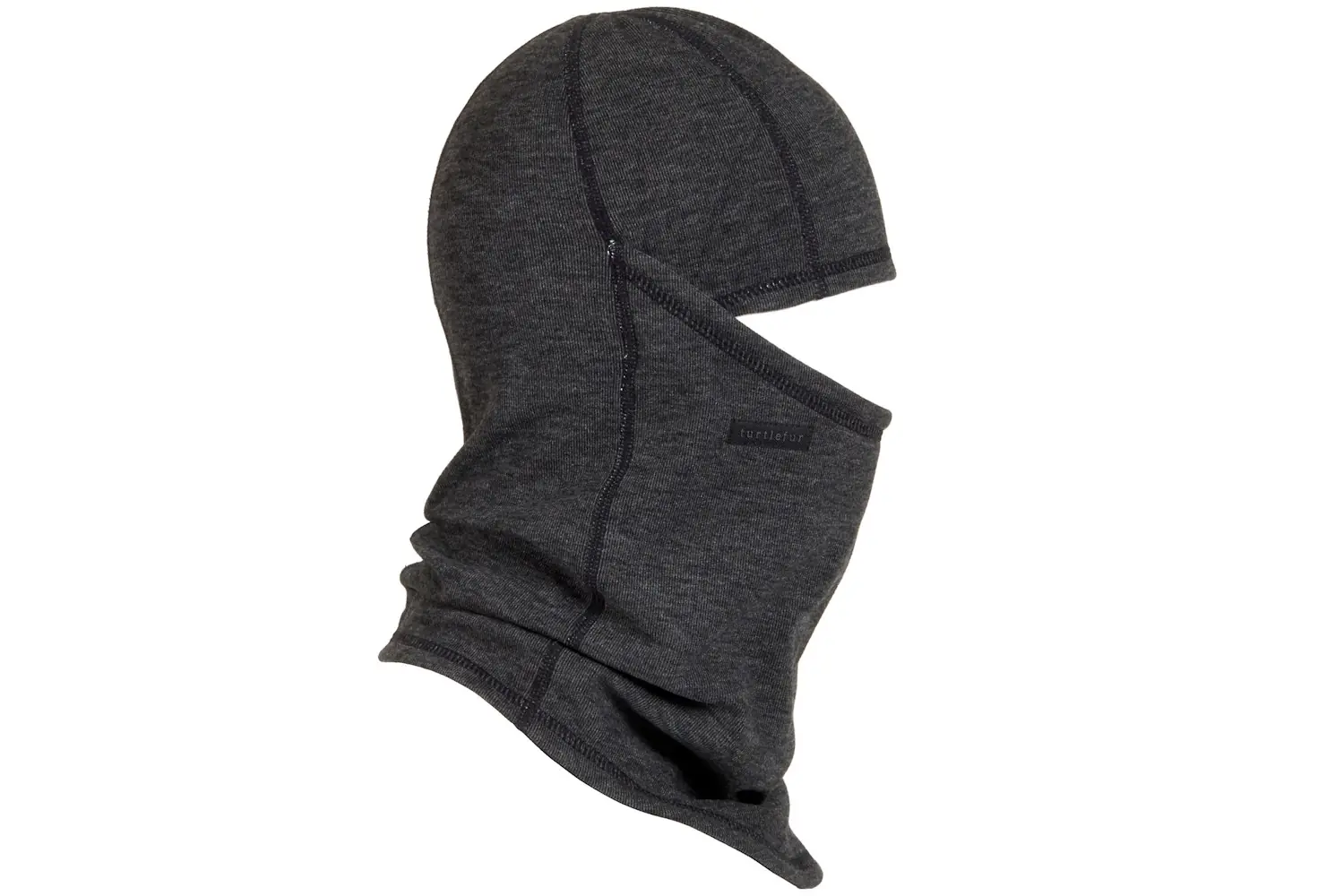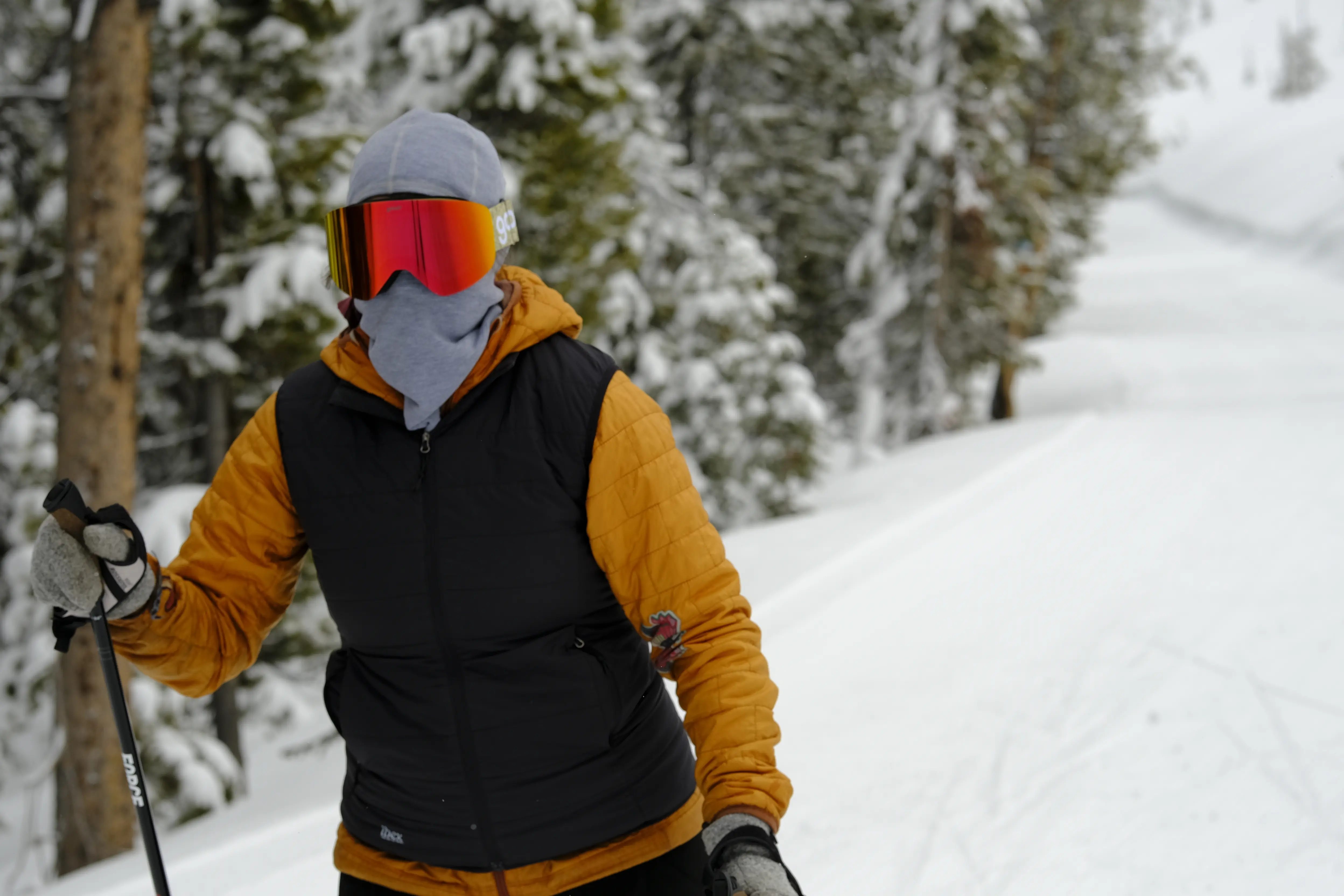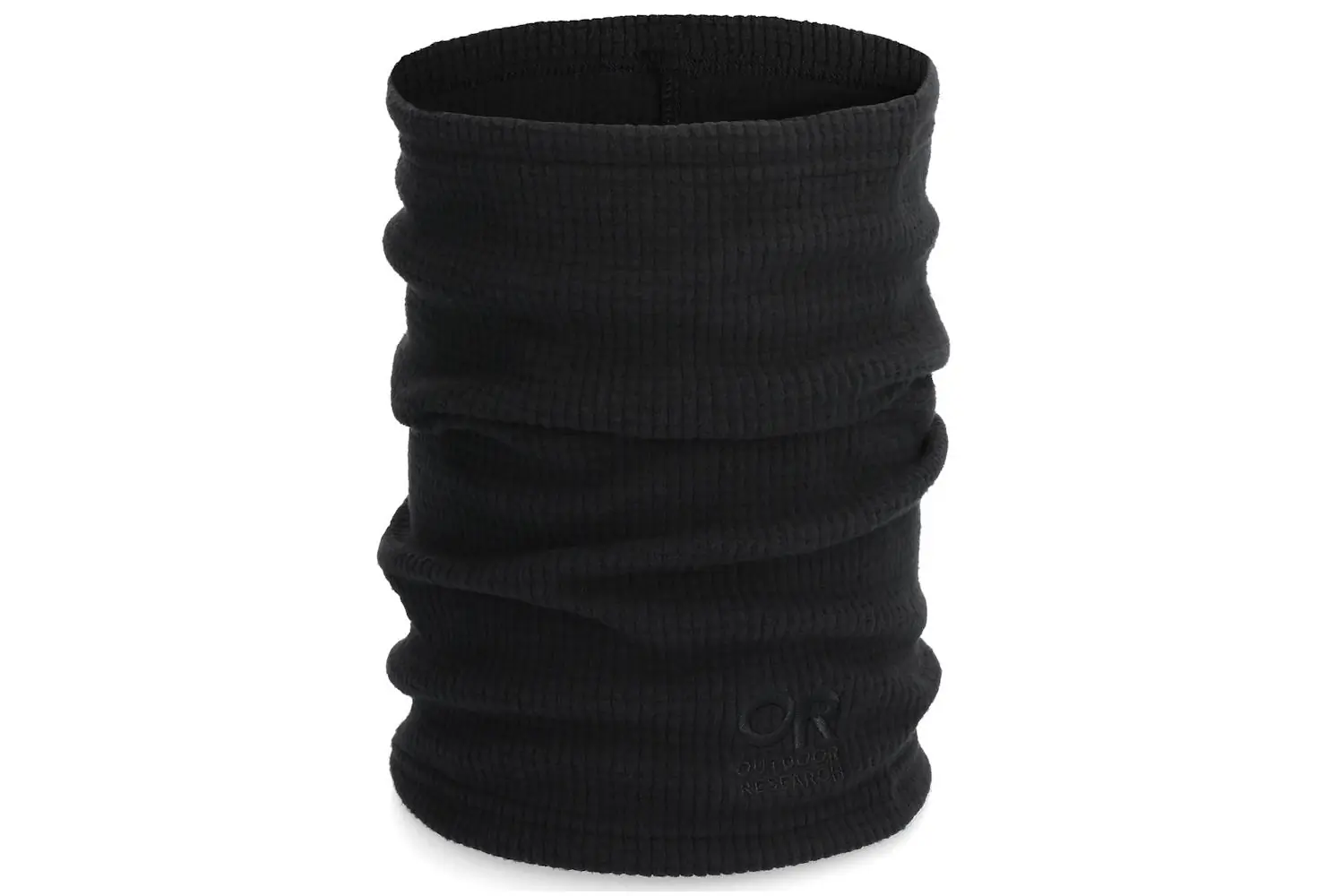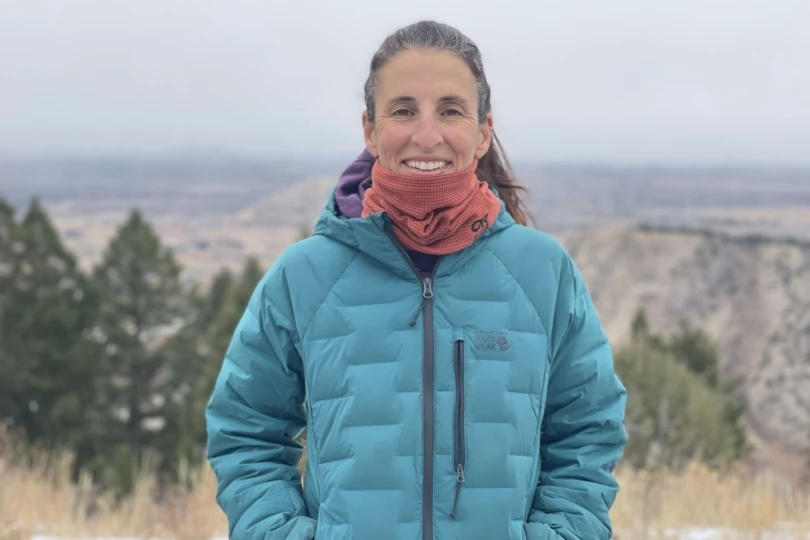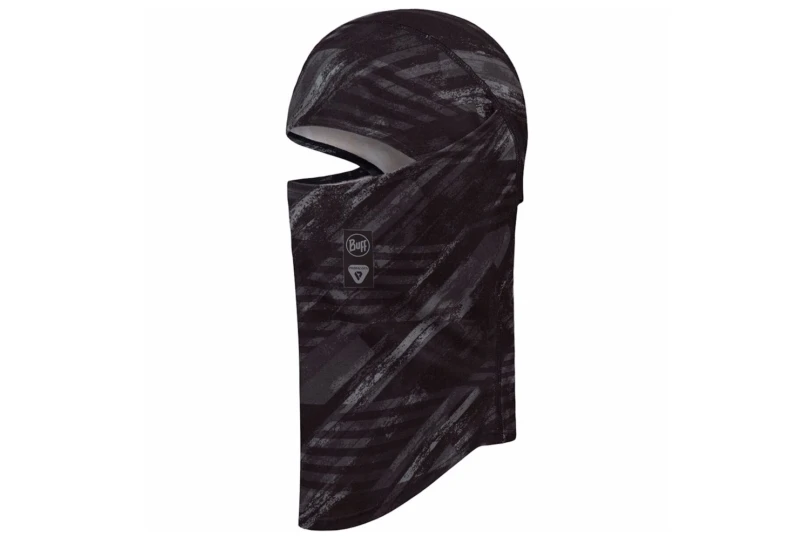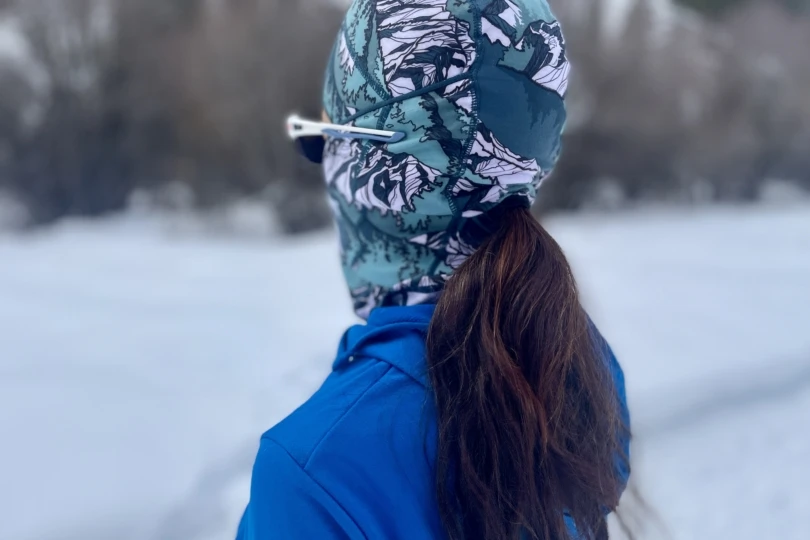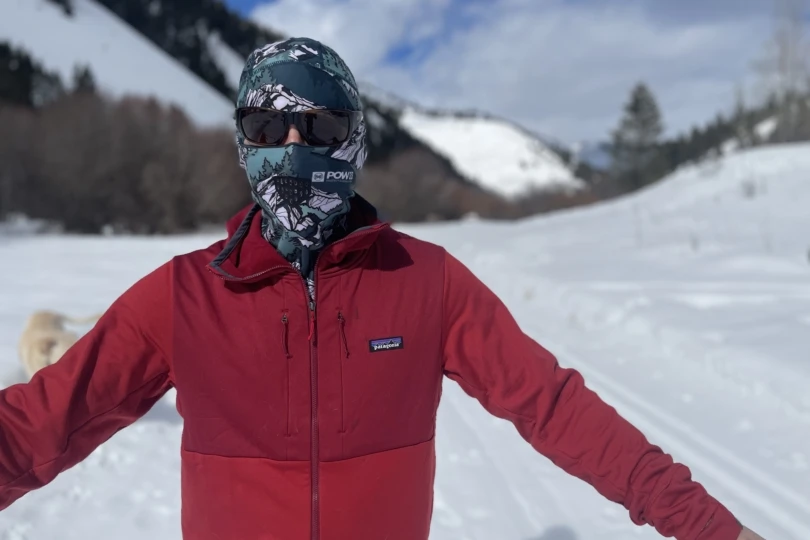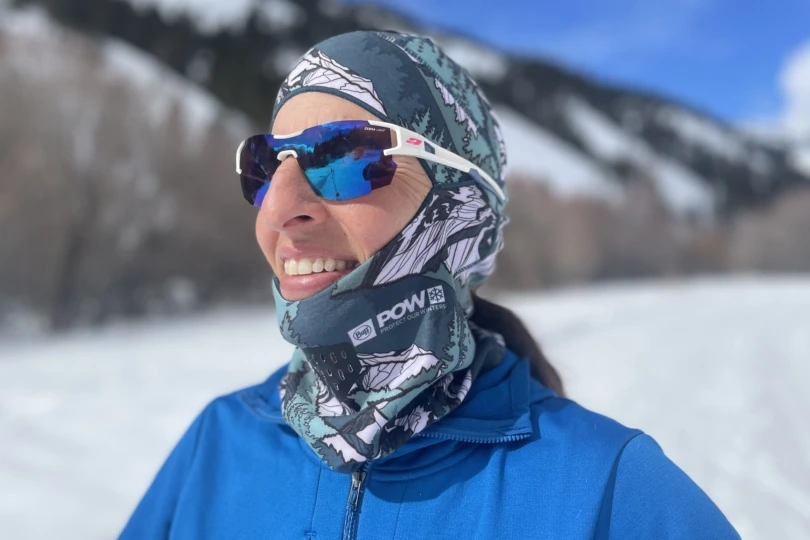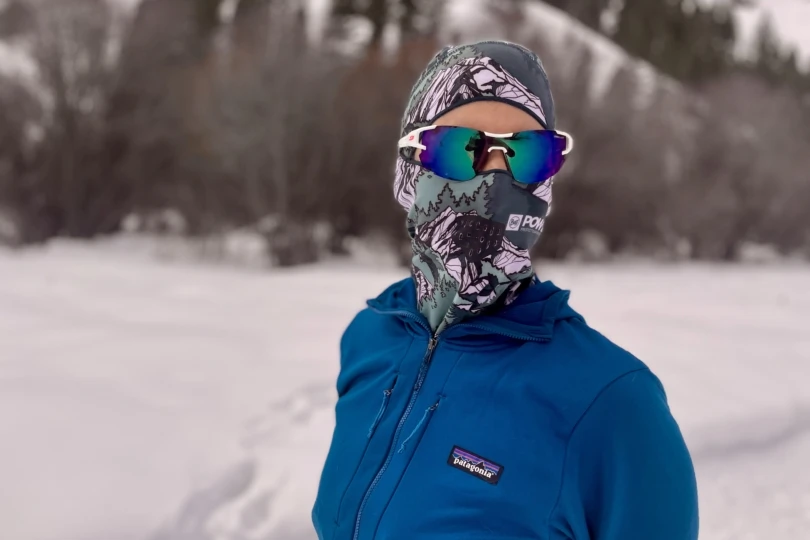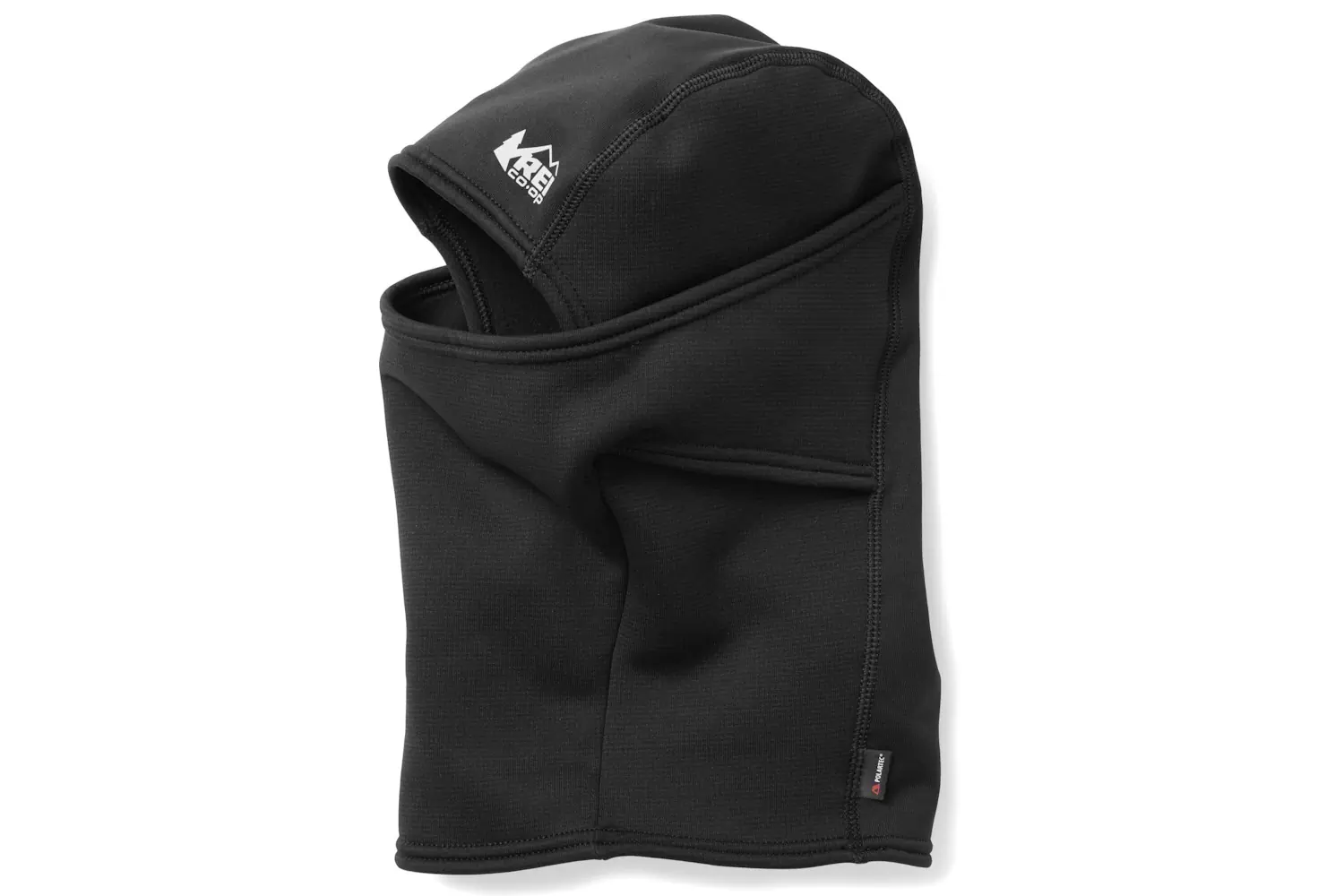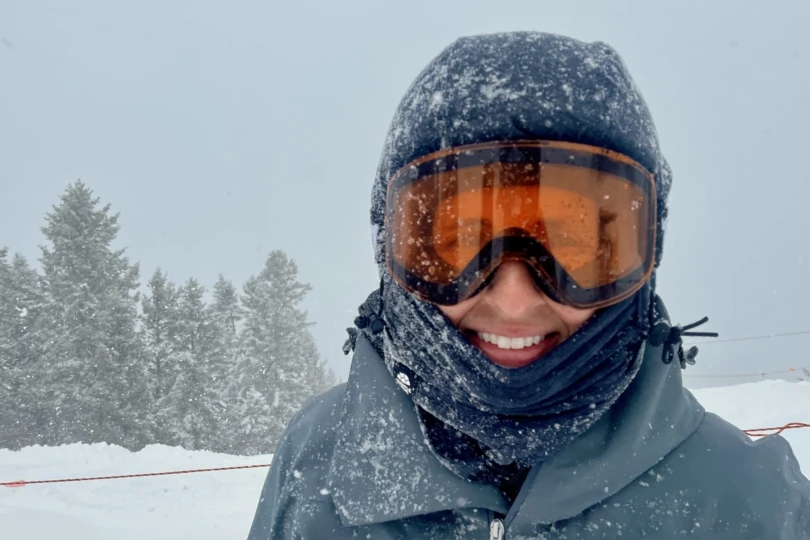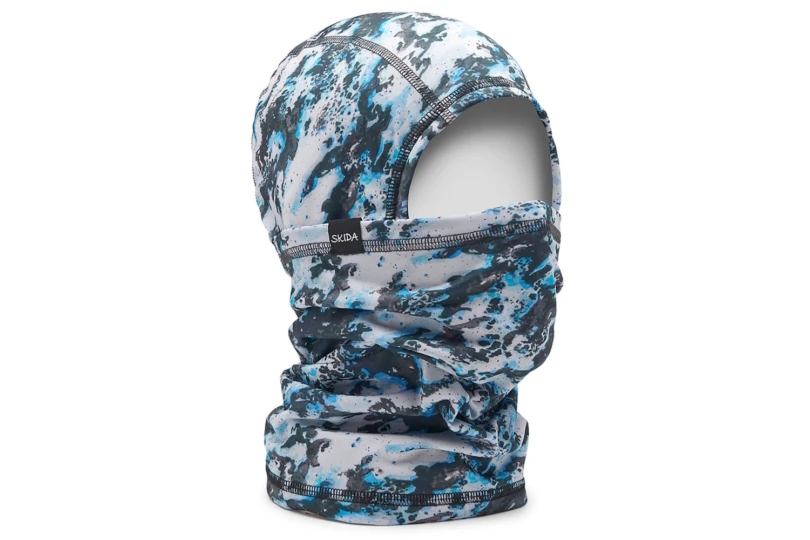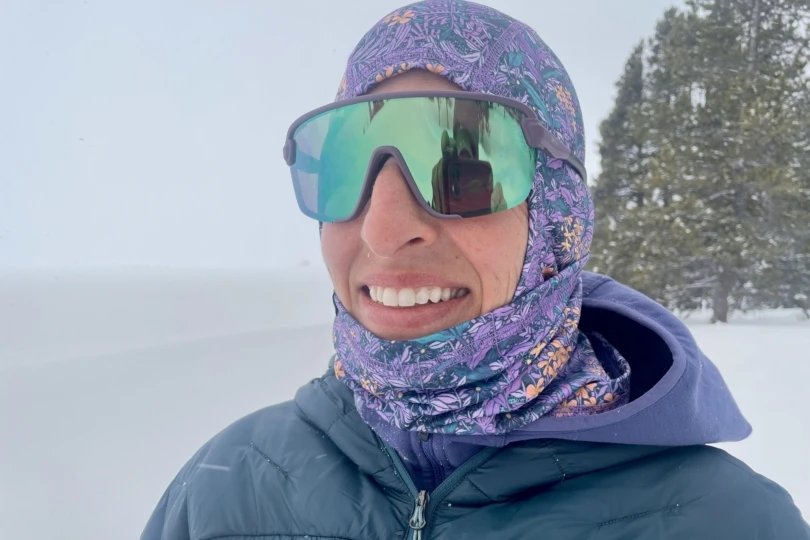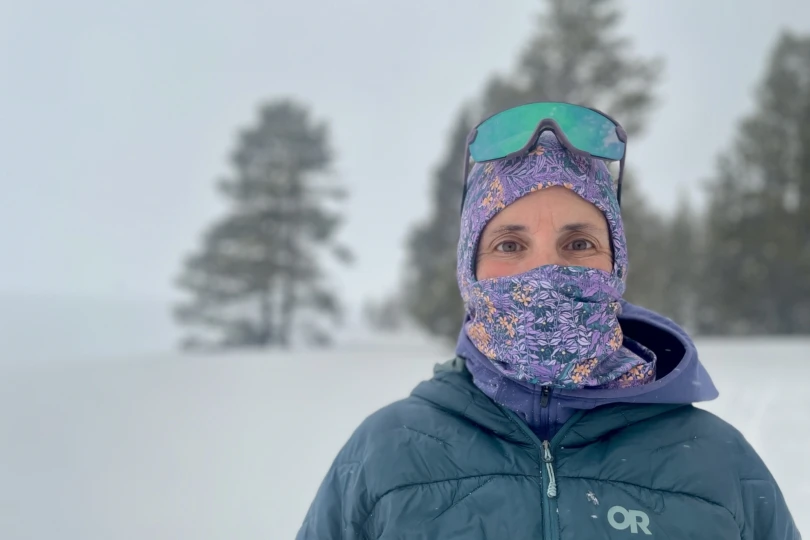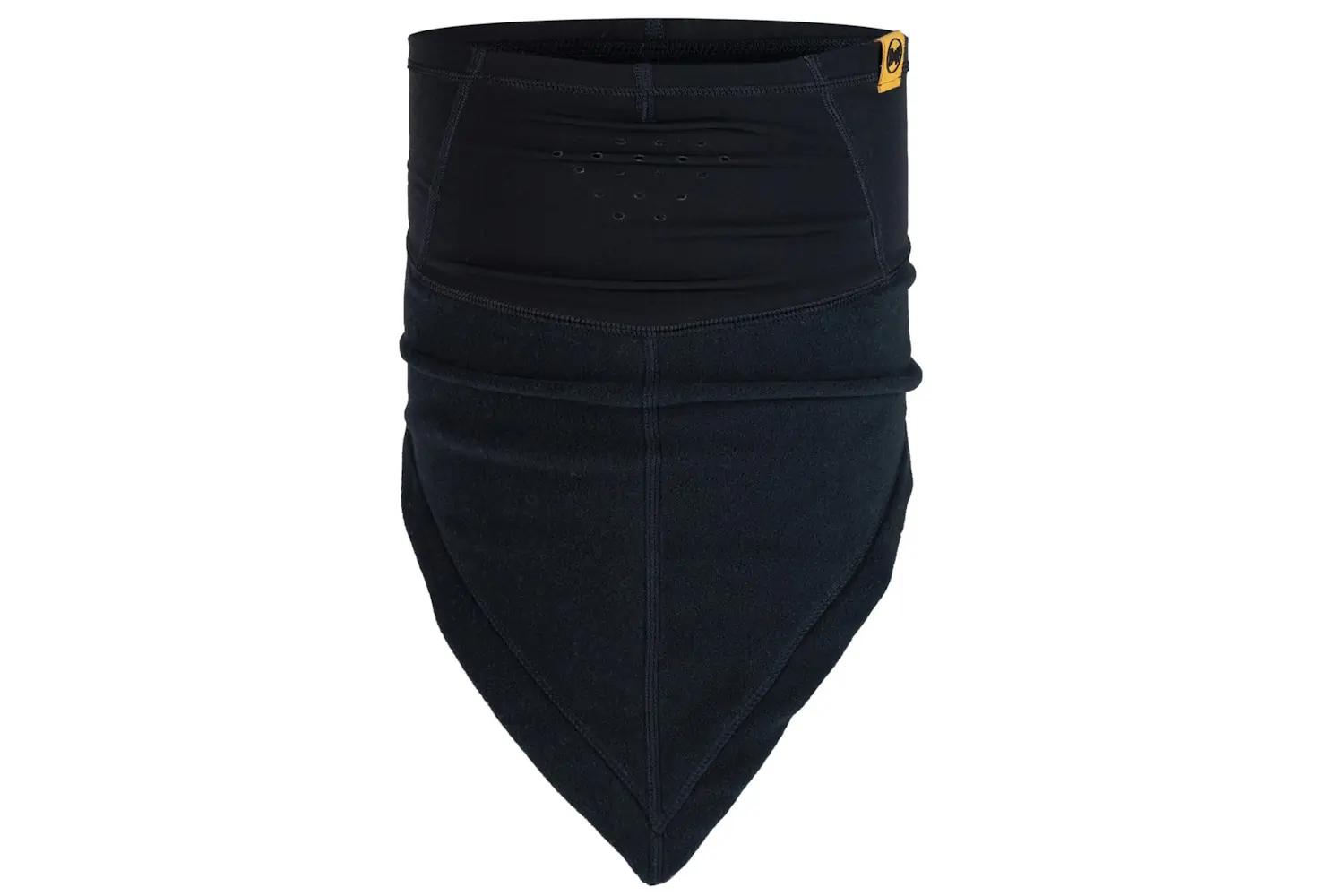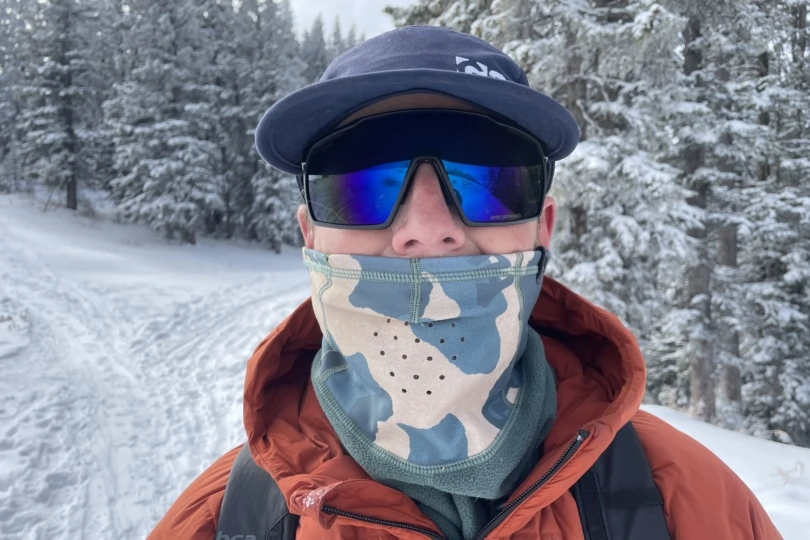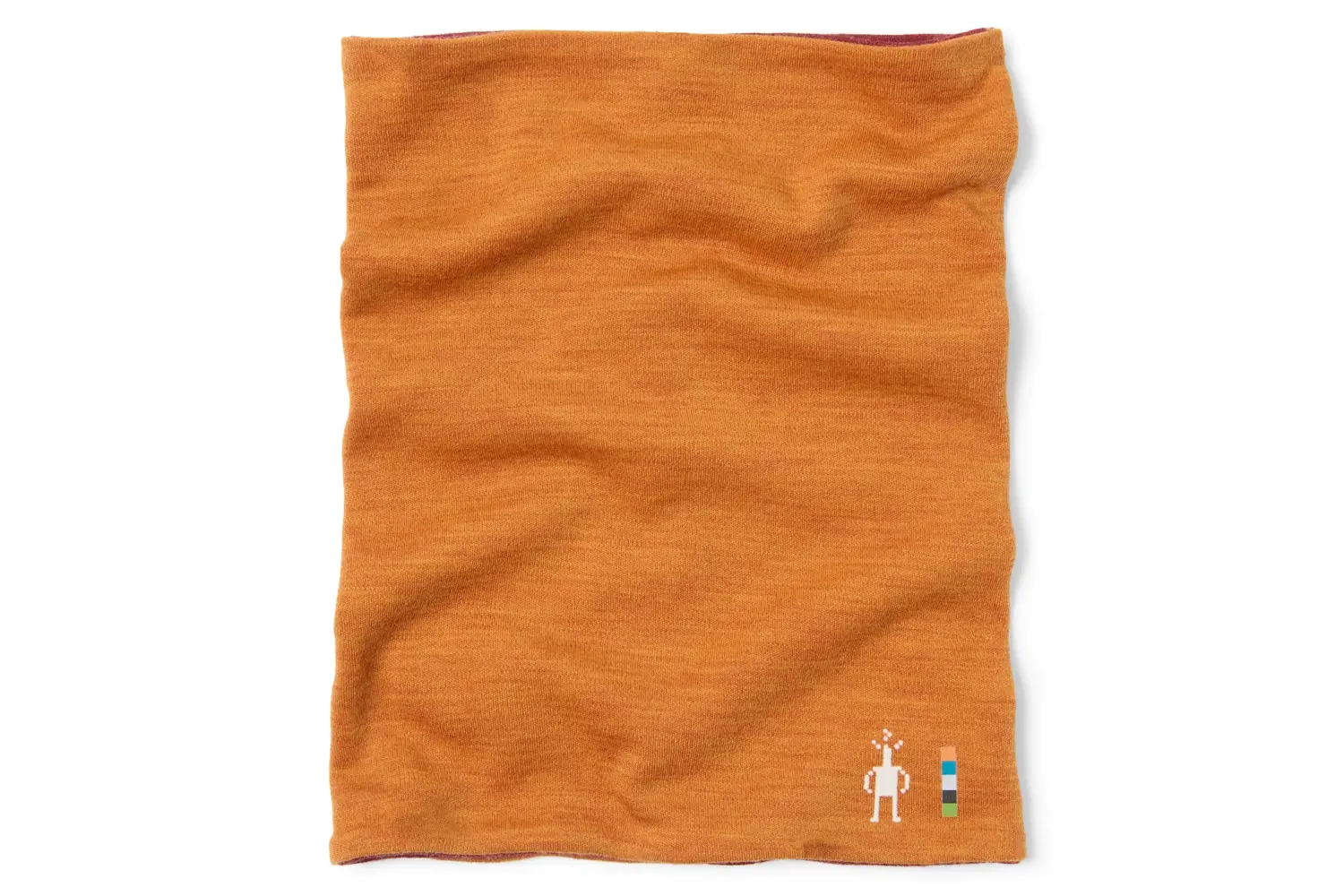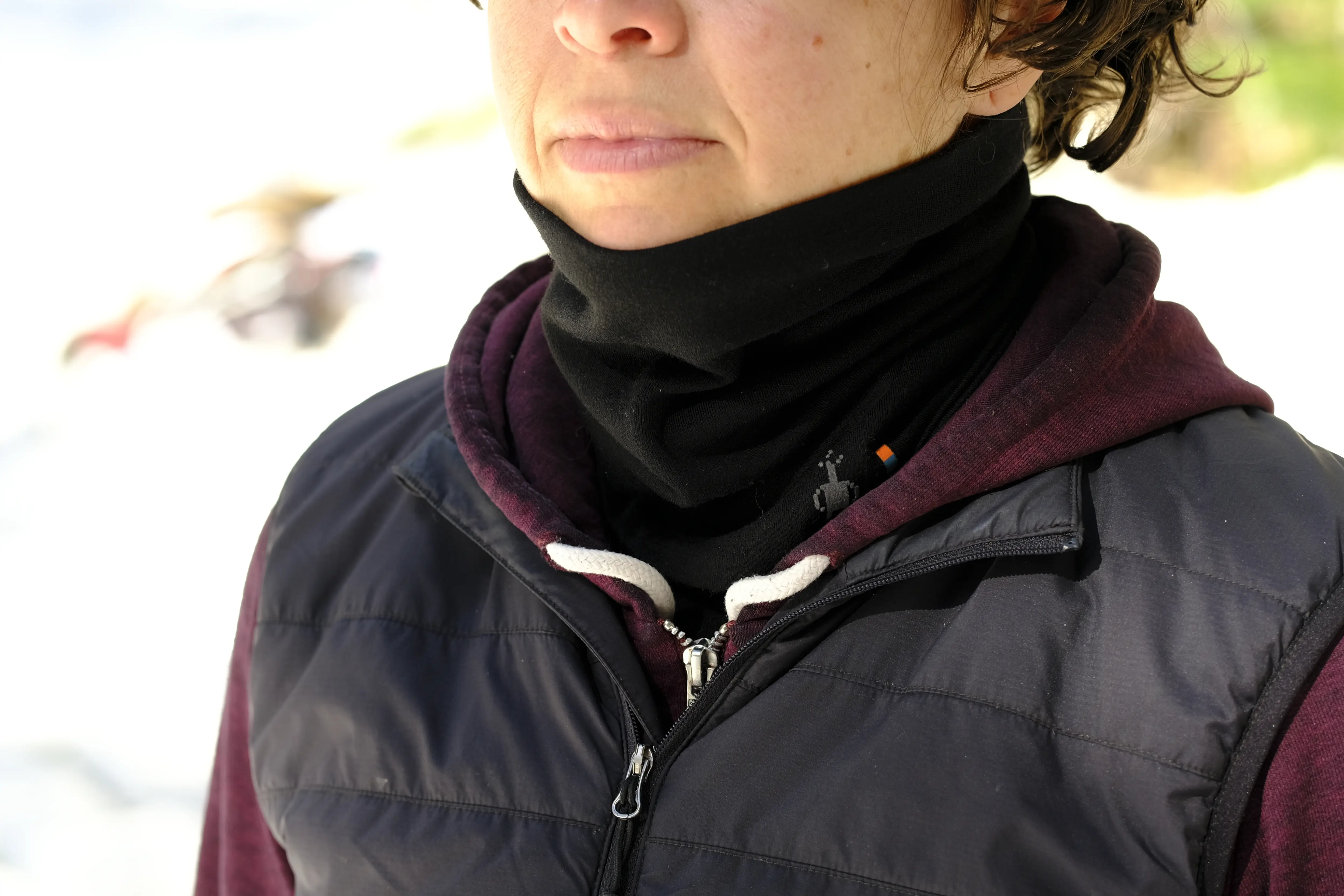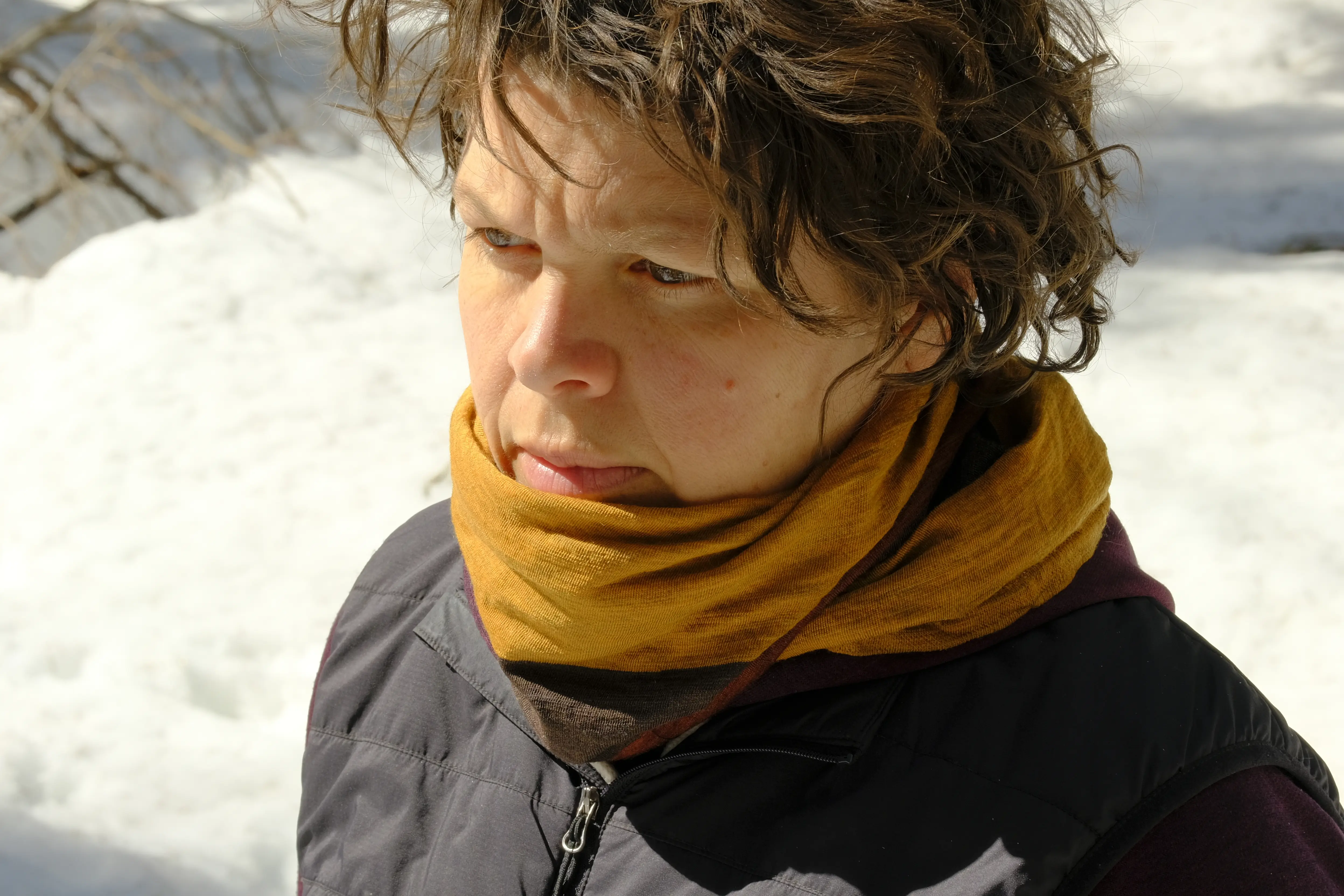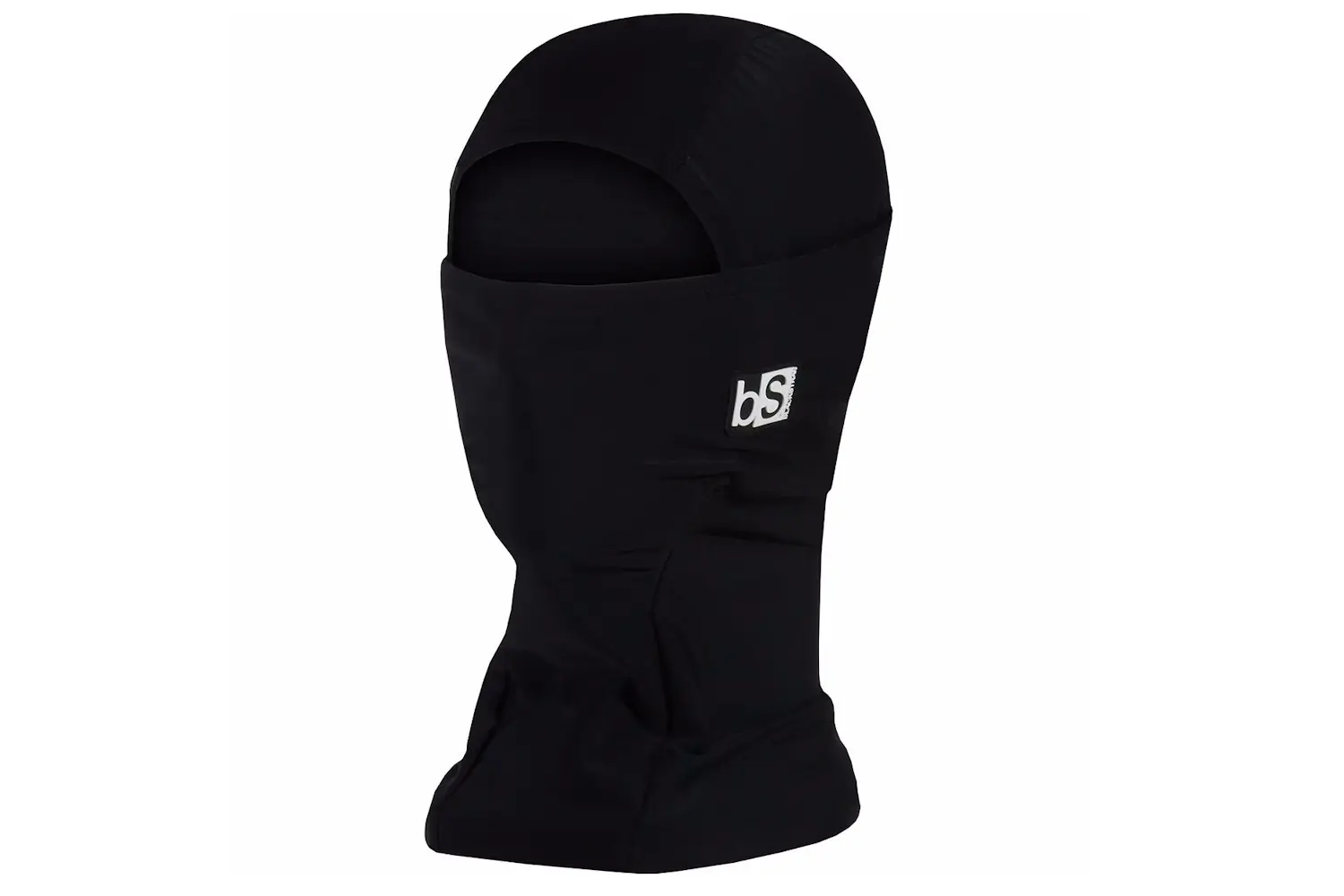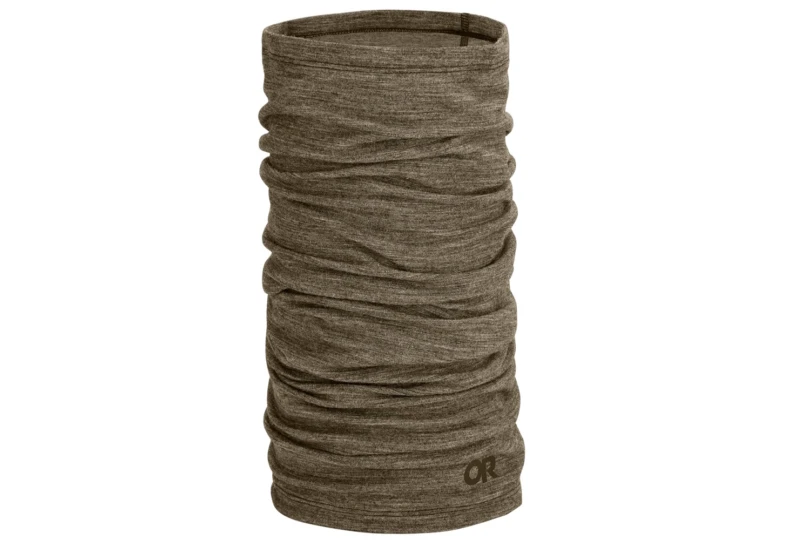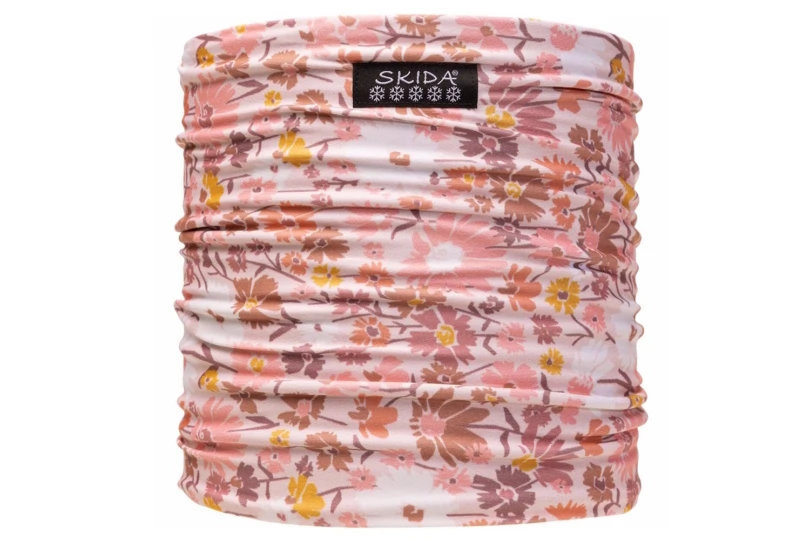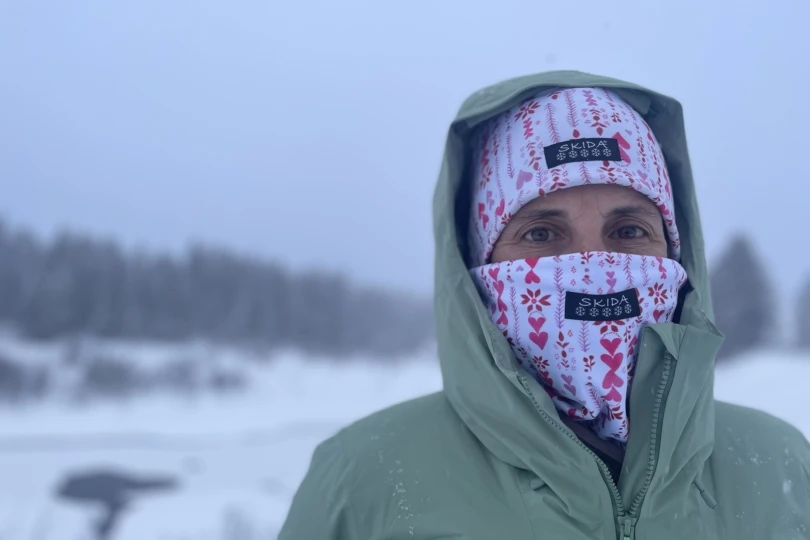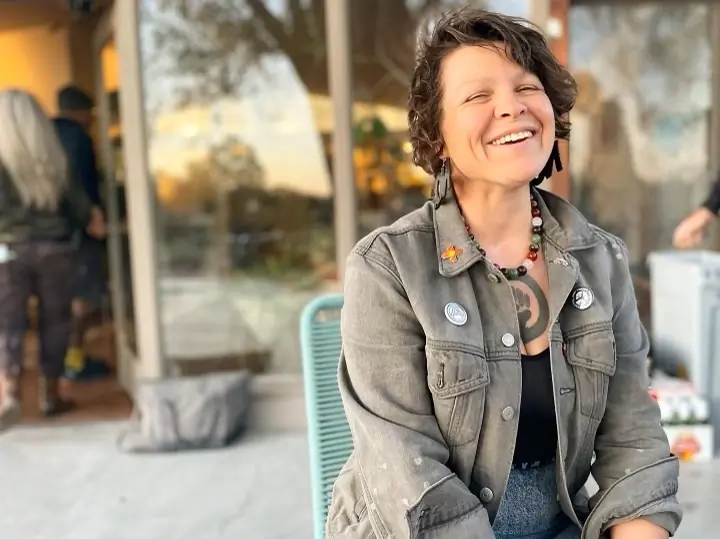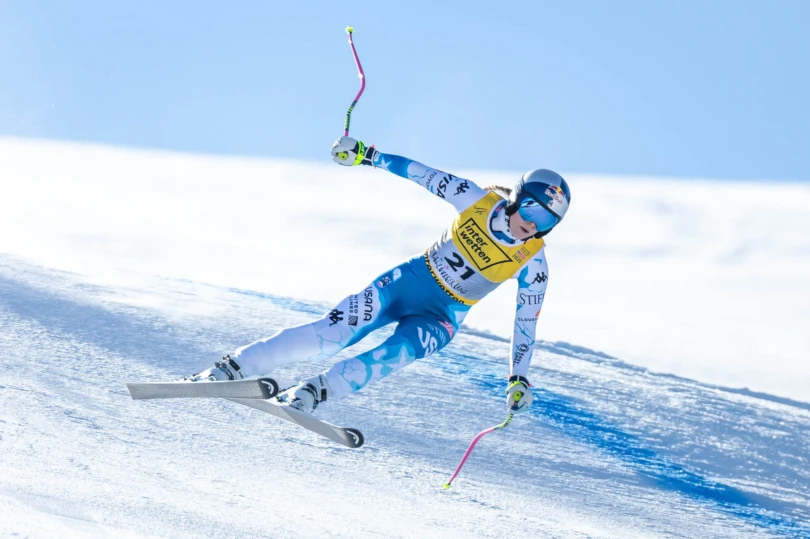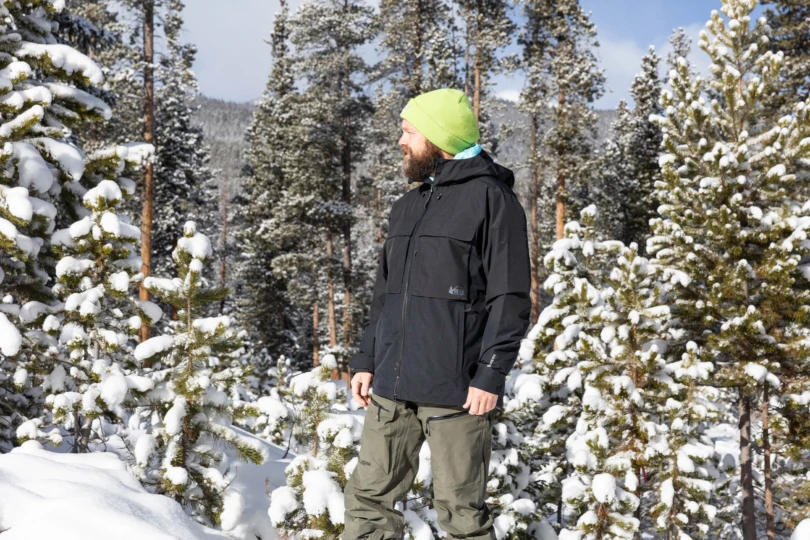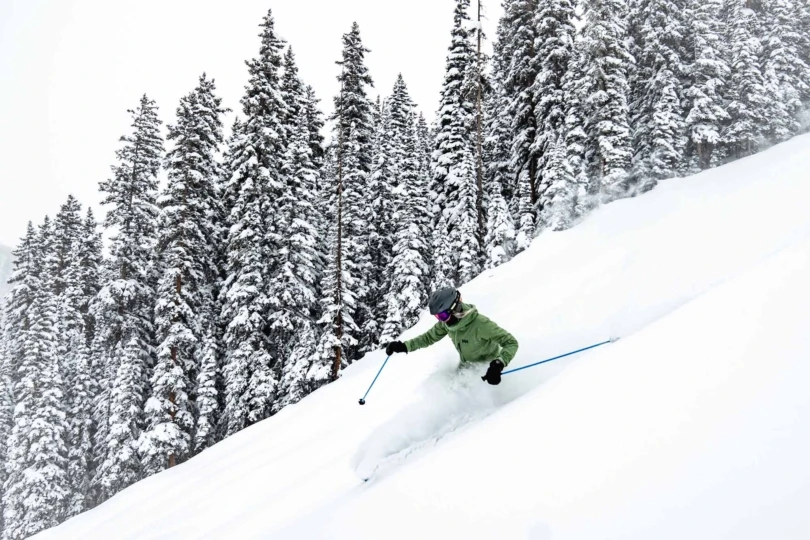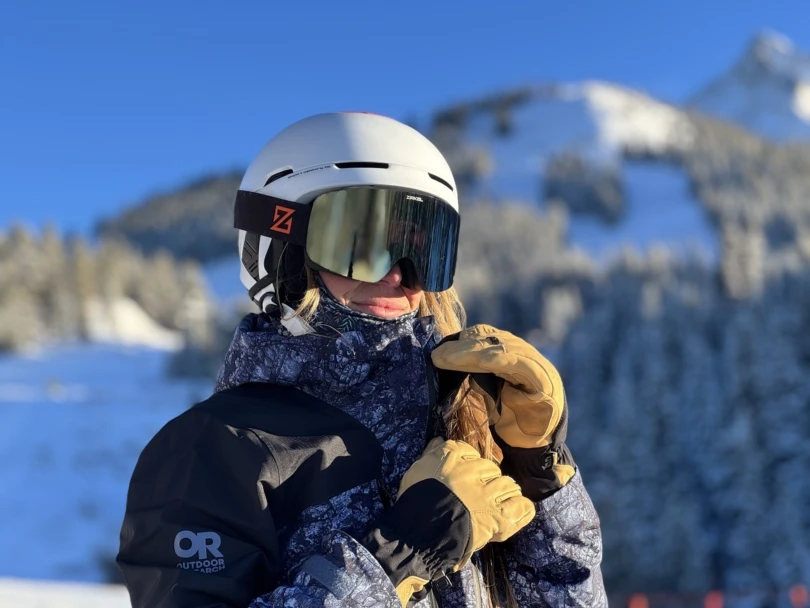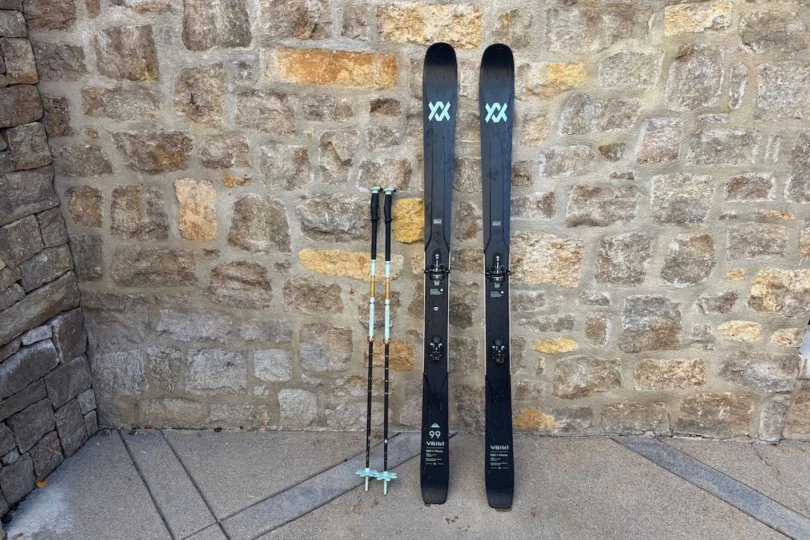When temps drop and the wind starts to bite, the right face covering can be the difference between calling it early and chasing one more run. We tested the best face coverings for skiing and snowboarding to find which ones actually keep your face, neck, and ears warm and protected — without overheating or feeling bulky.
GearJunkie editor and veteran gear tester Chris Kassar logged countless cold-weather hours in Wyoming, Colorado, and Utah, wearing these face coverings on everything from windy backcountry tours and early-morning Nordic sessions to bluebird resort laps and storm days in the Tetons. She also shared them with other avid skiers and riders to get a range of perspectives on fit, warmth, and performance across different conditions.
Finding the right face covering can be tricky, so we took the guesswork out of it. Whether you’re after a budget-friendly option like the Outdoor Research Trailmix Ubertube or a top performer like the Turtle Fur Quantum Luxe Balaclava, we’ve got you covered — literally — for every winter adventure.
Editor’s Note: We updated this guide on November 3, 2025, by adding four new favorites: the Skida Balaclava and Skida Alpine Neckwarmer for cozy warmth and standout style, the Outdoor Research Alpine Onset Ubertube for lightweight versatility, and the Buff ThermoNet Hinged Balaclava for breathable, storm-ready protection. Existing reviews were updated based on further testing, and detailed ratings were also added for easier comparison across all face coverings.
The Best Face Coverings for Skiing & Snowboarding of 2025-2026
Best Budget Face Covering for Skiing & Snowboarding
Outdoor Research Trailmix Ubertube
7.8/10 RatingMost Versatile Face Covering for Skiing & Snowboarding
Buff Thermonet Hinged Balaclava
8.1/10 RatingBest Face Covering for Skiing & Snowboarding in Extreme Cold
REI Wind Pro Hinged Balaclava
8.4/10 RatingTurtle Fur Quantum Luxe Balaclava
-
Comfort
9.5
-
Warmth
9.4
-
Fit
8.9
-
Breathability
8.3
- Material: 77% polyester/18% rayon/5% spandex
- Coverage: Full head and neck coverage, possible chin and mouth coverage
- Best For: Nordic & alpine skiing, snowshoeing
Pros
- Quick-dry, breathable material
- UPF 50+ fabric to protect against UV rays
- Super cozy microfleece lining
- Hood can peel back to wear as a neck gaiter if too hot
Cons
- Hood can ride low on forehead
- Fit may be too big or small depending on head size
- Not windproof or waterproof
Outdoor Research Trailmix Ubertube
-
Comfort
9.0
-
Warmth
7.0
-
Fit
7.5
-
Breathability
9.1
- Material: bluesign® approved 100% Polyester
- Coverage: Full neck, face covering (when pulled up)
- Best For: Active pursuits including Nordic skiing & snowshoeing
Pros
- Incredibly comfortable
- Great performance/keeps you warm and dry when others fail
- Doesn’t freeze even in stormy conditions
- Great fit
- Packable
- Stylish
Cons
- One size could be challenging for some
- Not designed for the most extreme conditions
Buff Thermonet Hinged Balaclava
-
Comfort
8.0
-
Warmth
8.3
-
Fit
8.1
-
Breathability
7.8
- Material: 53% Polyester, 43% Recycled Polyster,4% Elastane.
- Coverage: Full neck, face covering and head
- Best for: Ski touring, fast downhill laps, and high-output winter adventures
Pros
- Warmth without bulk
- Breathable and minimizes goggle fog
- Streamlined stretch fit for all-day comfort
- Multiple wearing options for versatile coverage
Cons
- Not as soft as fleece or merino
- Can feel snug under some helmets
REI Wind Pro Hinged Balaclava
-
Comfort
8.4
-
Warmth
9.6
-
Fit
8.5
-
Breathability
7.0
- Price: $40
- Material: 94% polyester, 6% spandex
- Coverage: Full neck, head, and face covering (when paired with goggles)
- Best Use: Alpine skiing, extreme conditions
Pros
- Great coverage
- Moisture-wicking quick-dry fleece
- Windproof and water-resistant
- Hinge allows for some adjustment while maintaining full coverage
Cons
- Can fit a bit baggy on some heads
- Baggy fit can impair vision, cause excessive movement
Turtle Fur Mount Hood Overhood
-
Comfort
8.9
-
Warmth
9.5
-
Fit
8.0
-
Breathability
7.5
- Price: $60
- Material: Shell: 88% polyester/12% spandex, Lining: 100% Recycled Polyester
- Coverage: Full neck, head, and face covering (when paired with goggles)
- Best For: Alpine skiing, extreme conditions, over a helmet
Pros
- Extremely cozy and soft
- Comfortable/fits perfectly
- Stays in place with or without a helmet
- Versatile – can be pulled down or up
Cons
- Pricey
- Too warm for heavy exertion
Skida Balaclava
-
Warmth
8.8
-
Comfort
7.8
-
Fit
8.3
-
Breathability
7.9
- Material: 92% Polyester / 8% Spandex
- Coverage: Full neck, face covering and head
- Best for: Active pursuits including snowshoeing and Nordic, mild to cold resort days
Pros
- Soft, moisture-wicking, quick-drying, and breathable fabric
- UPF 50+ sun protection
- Low-profile fit works under helmets and goggles
- Fun patterns and colors let you show off your style
Cons
- Not windproof in extreme cold
- Slightly snug fit for larger heads
Face Coverings That Nearly Made the Podium
-
Comfort
8.0
-
Wawrmth
6.0
-
Fit
6.5
-
Breathability
9.0
- Price: $35
- Material: 49% polyester, 44%, recycled polyester, 7% elastane
- Coverage: Neck, face
- Best For: Mild conditions, layering in cold conditions, skinning, skate-skiing
Pros
- Comfortable to wear
- Highly breathable mouth area
- Soft fleece neck area
- Easy to transition to après wear
Cons
- No covering for back of neck, ears, head
- Not waterproof or windproof
-
Comfort
8.8
-
Warmth
9.5
-
Fit
7.0
-
Breathability
6.0
- Price: $40
- Material: Shell: 100% Recycled Polyester Woven With Non-PFC DWR, Lining: 100% Recycled Polyester Fleece
- Coverage: Full neck, head, and face covering (when paired with goggles)
- Best For: Alpine skiing, extreme conditions
Pros
- Full protection in extreme conditions
- Repels snow and moisture
- Fits over helmet
- Still keeps face warm with hood down
Cons
- Bulky
- Looser fit leaves potential for skin exposure
- Big to wear without a helmet
- Not versatile/too warm for very active pursuits
-
Comfort
7.9
-
Warmth
7.8
-
Fit
7.0
-
Breathability
7.2
- Price: $40
- Material: 100% Merino wool
- Coverage: Neck coverage
- Best For: Snowshoeing, Nordic & bluebird alpine skiing
Pros
- Quick-dry, breathable material
- Naturally antimicrobial fibers appropriate for sensitive skin
- Simple design works well for layering and pairing with other favorite gear
- Warm
Cons
- Only covers neck
- No front coverage beyond neck so cold can get in underneath
- Snug fit can feel constricting especially with prolonged wear
-
Comfort
7.5
-
Warmth
8.0
-
Fit
8.0
-
Breathability
8.5
- Material: 91% Merino wool, 8% polyamide, 1% elastane
- Coverage: Full neck, face covering (when pulled up), possible head coverage
- Best For: Nordic & alpine skiing, everyday wear, snowshoeing
Pros
- Versatile
- Quick-dry, breathable material
- Stylish
- Comfortable when worn like a neck gaiter
Cons
- Thin material not very warm if not bunched up
- Not waterproof or windproof
- Not the most comfortable if worn like a balaclava
-
Comfort
7.8
-
Warmth
6.9
-
Fit
8.0
-
Breathability
7.5
- Price: $38
- Material: Shell: 80% nylon, 17% elastane, 3% other fiber/Lining: 95% polyester, 5% elastane
- Coverage: Full neck, face covering (when pulled up), head coverage
- Best For: Alpine skiing
Pros
- Thin material fits well under helmet & goggles
- Fits well without moving around
- Freeze-resistant TREO fabric technology
- Wind resistant
- UPF 50+ rated UV protection
Cons
- Synthetic material can hold onto odors if not washed after use
- Thin material not sufficient for extreme cold conditions (negative temps)
-
Comfort
8.0
-
Warmth
7.5
-
Fit
8.0
-
Breathability
8.1
- Material: 53% Merino Wool, 42% Polyester, 5% Elastane
- Coverage: Full neck, face covering (when pulled up)
- Best for: Ski touring, Nordic adventures, climbing, and all-season mountain missions
Pros
- Soft merino blend with UPF 30 sun protection
- Breathable, moisture-wicking, and odor-resistant
- Lightweight warmth for variable conditions
- Fits comfortably under helmets and hoods
Cons
- Not ideal for frigid or high-wind days
- Can stretch slightly over time
-
Comfort
8.7
-
Warmth
7.4
-
Fit
7.9
-
Breathability
7.6
- Material: 92% polyester, 8% spandex, Polartec micro-fleece (87% recycled polyester, 13% polyester)
- Coverage: Neck, nose, cheeks
- Best for: Resort skiing, casual winter wear, and everyday cold-weather adventures
Pros
- Soft, cozy brushed interior feels great against skin
- Moisture-wicking and quick-drying fabric
- Low-profile design fits easily under jackets or helmets
- Available in tons of fun colors and patterns that show off your style
Cons
- Not windproof in extreme cold
- Can get damp during heavy exertion
The Best Face Coverings Comparison Chart
| Face Covering | Price | Material | Coverage | Best For |
|---|---|---|---|---|
| Turtle Fur Quantum Luxe Balaclava | $43 | 77% polyester/18% rayon/5% spandex | Full head and neck coverage, possible chin and mouth coverage | Nordic & alpine skiing, snowshoeing |
| Outdoor Research Trail Mix Ubertube | $26 | bluesign® approved 100% Polyester | Full neck, face covering (when pulled up) | Active pursuits including Nordic skiing & snowshoeing |
| Buff Thermonet Hinged Balaclava | $44 | 53% Polyester, 43% Recycled Polyster,4% Elastane. | Full neck, face covering and head | |
| REI Wind Pro Hinged Balaclava | $40 | 94% polyester, 6% spandex | Full neck, head, and face covering (when paired with goggles) | Alpine skiing, extreme conditions |
| Turtle Fur Mount Hood Overhood | $65 | 88% polyester/12% spandex, Lining: 100% Recycled Polyester | Full neck, head, and face covering (when paired with goggles) | Alpine skiing, extreme conditions, over a helmet |
| Skida Balaclava | $44 | 92% Polyester / 8% Spandex | Full neck, face covering and head | Active pursuits including snowshoeing and Nordic, mild to cold resort days |
| Buff Mountain Bandana | $35 | 49% polyester, 44%, recycled polyester, 7% elastane | Neck, face | Mild conditions, layering in cold conditions, skinning, skate-skiing |
| The North Face Whimzy Powder Hood | $42 | Shell: 100% Recycled Polyester Woven With Non-PFC DWR, Lining: 100% Recycled Polyester Fleece | Full neck, head, and face covering (when paired with goggles) | Alpine skiing, extreme conditions |
| Smartwool Thermal Merino Reversible Neck Gaiter | $32 | 100% merino wool | Neck coverage | Snowshoeing, Nordic & bluebird alpine skiing |
| Buff Move Multifunctional Neckwear | $35 | 91% Merino wool, 8% polyamide, 1% elastane | Full neck, face covering (when pulled up), possible head coverage | Nordic & alpine skiing, everyday wear, snowshoeing |
| Blackstrap Hood Balaclava | $38 | Shell: 80% nylon, 17% elastane, 3% other fiber/Lining: 95% polyester, 5% elastane | Full neck, face covering (when pulled up), head coverage | Alpine skiing |
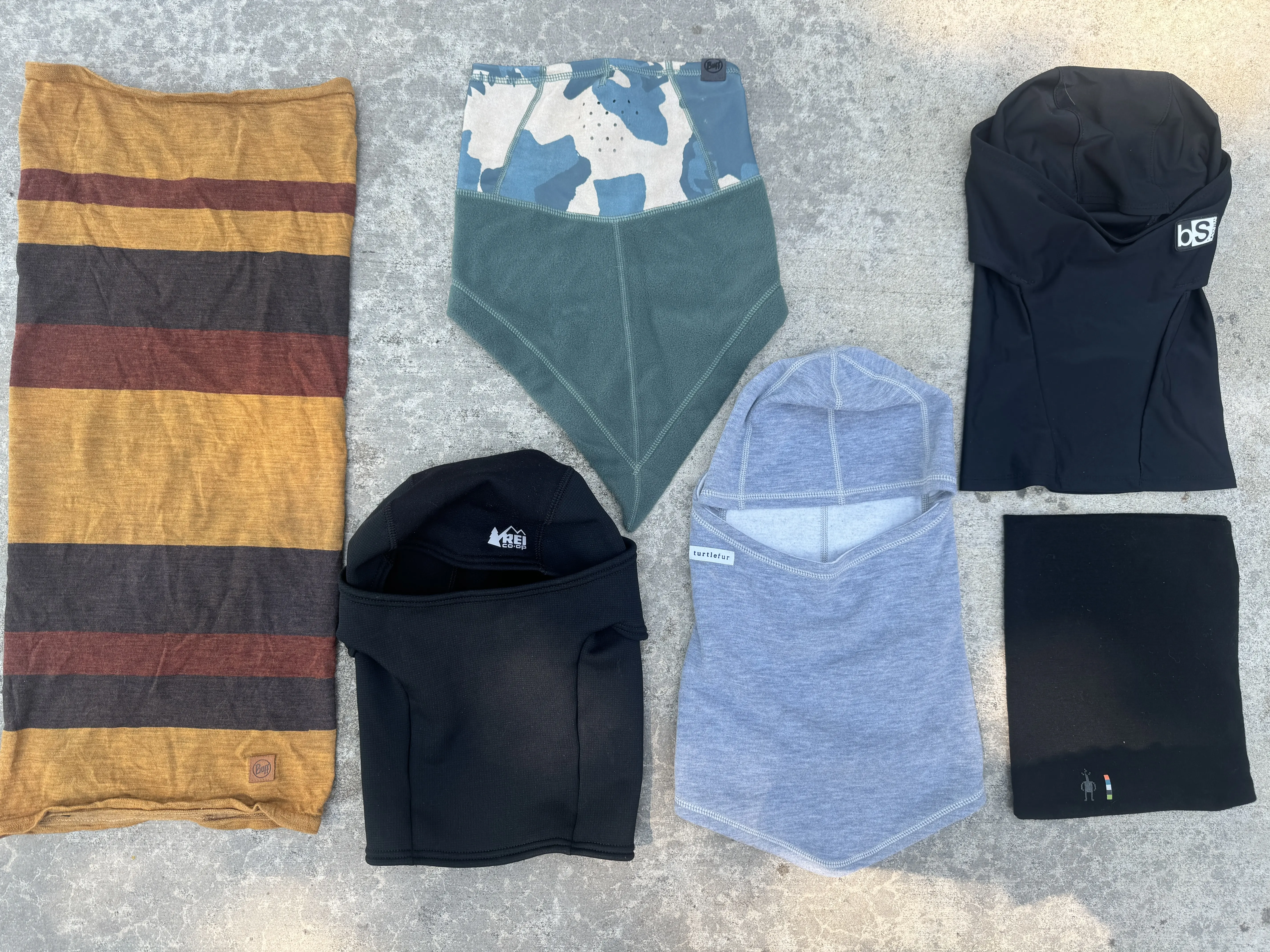
How We Tested the Best Face Coverings for Skiing & Snowboarding
Here at GearJunkie, we are dedicated athletes, outdoor hobbyists, and all-around adventure aficionados all year long. When winter sets in, we gleefully trade in our adventure sandals for ski boots and continue having fun on the same trails we hiked and biked. It may be skis and snowboards accompanying us up for the lift instead of mountain bikes, but the stoke remains the same.
Our Expert Testers
Lead tester and editor Chris Kassar headed up this year’s face covering testing, bringing years of experience skiing, touring, and testing gear across the Tetons, Colorado Rockies, and Canadian backcountry. She’s spent countless days on both sides of the lens — testing gear, chasing snow, and capturing winter adventures through every kind of weather.
Writer and gear tester Carolyne Whelan, who originally developed this guide in 2024, laid the groundwork with extensive field testing throughout Montana, Idaho, and northern New Mexico. Her years of outdoor gear testing — from cycling kits to cold-weather apparel — built the foundation for this updated guide.
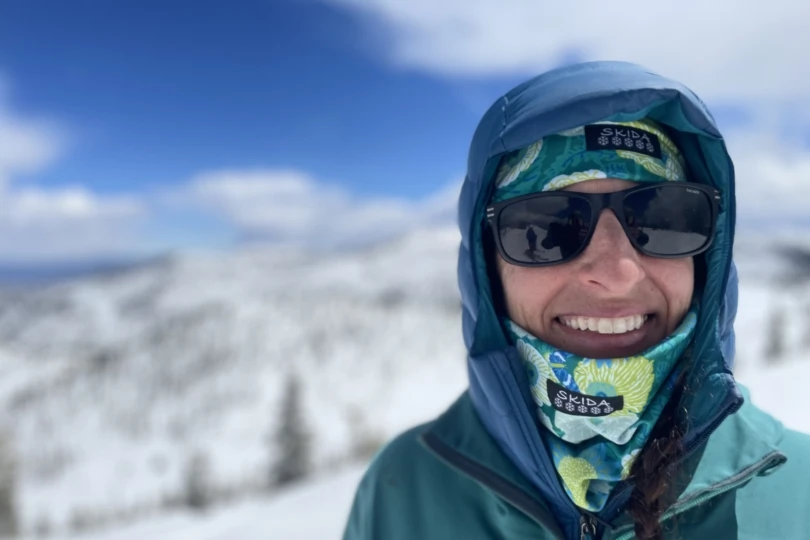



Our Testing Grounds and Process
To evaluate the best ski and snowboard face coverings, we tested them in real-world winter conditions across Wyoming, Colorado, Utah, and Canada. Our testing included alpine and Nordic skiing, snowshoeing, fat biking, and early-morning dog walks in single-digit temps.
We swapped face coverings throughout the day to compare warmth, fit, and breathability in identical conditions — from frigid lift rides at Jackson Hole Mountain Resort to stormy backcountry tours in Grand Teton National Park. Over the course of the season, our team logged hundreds of miles through blizzards, bluebird skies, and everything in between to find the pieces that truly perform when winter bears its teeth.
If you’re looking for advice on other gear to help you enjoy the winter season, check out our buyer’s guides to the best backcountry skis, nordic skis, all-mountain skis, snowshoes, and winter hiking boots. Stay warm and dry all over with our buying advice on the best ski bibs, ski pants, ski gloves, and base layers.
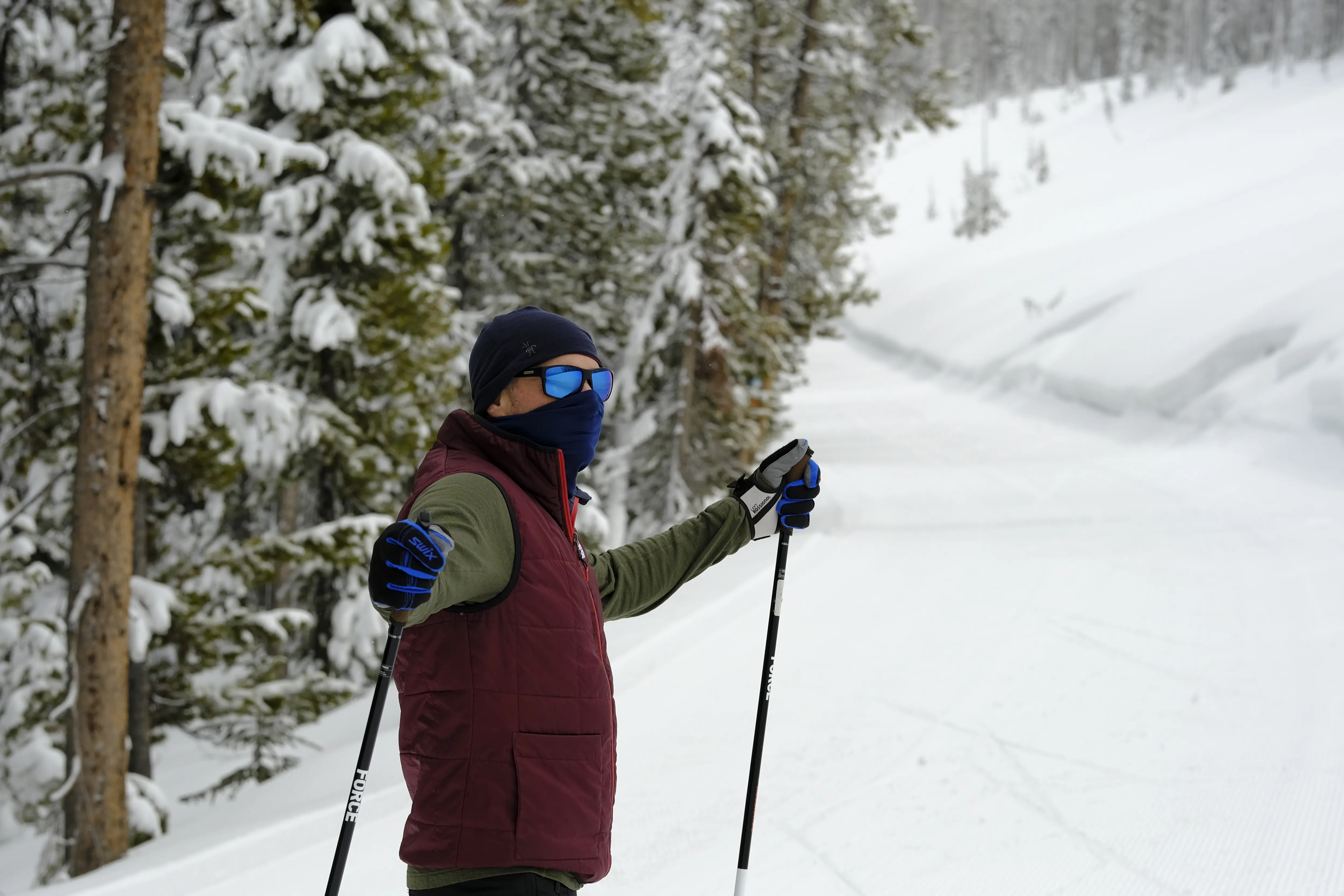



Buyer’s Guide: How to Choose the Best Face Coverings for Skiing & Snowboarding
In some areas of the world, winter is the longest season with the shortest days. The best way to pass the time is to lean into the spirit of things and work with the seasons, not against them. Whether you’re lucky enough to live in such a place or just visiting for vacation, it’s important to properly protect yourself against the elements. Just like the killer bunny from Monty Python, snow may look soft and fluffy, but it can kill you without the proper precautions.
With so many options for ski face coverings out there, which one works best for you will depend on your specific needs. Use this guide to help comb through the jargon and find the best fit for your ski trip. And don’t forget that comfort and safety is a head-to-toe matter — check out our guide to the best ski socks to make sure your feet stay just as dry and cozy as your cheeks.
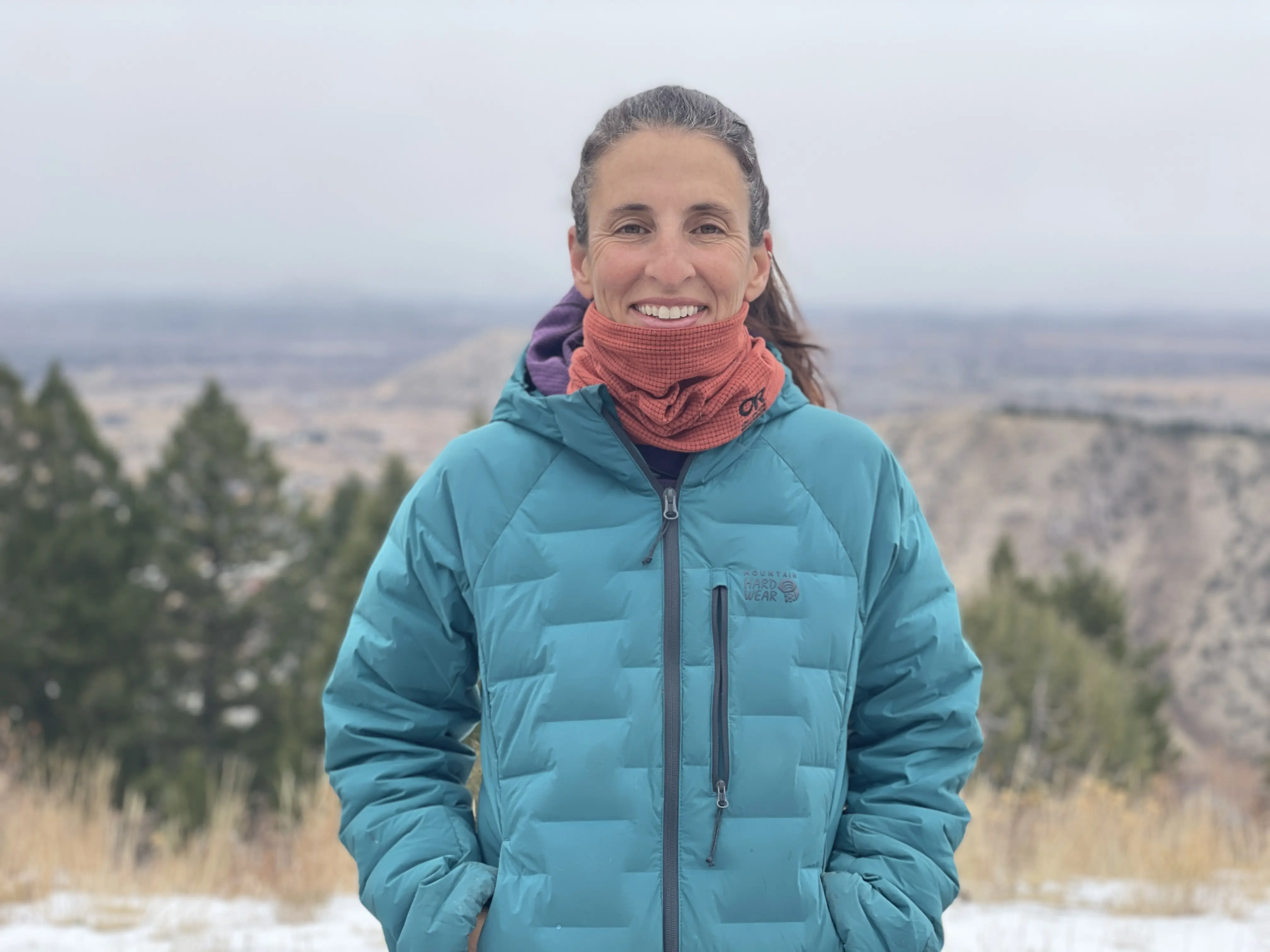



What Activity Will You Use It For?
One of the most important questions to ask yourself is: What sort of skiing or recreating am I planning on doing, and what other gear will I be wearing while I do this? Nordic skiing and skinning up a mountain while backcountry skiing require a lot of lung power, especially at higher altitudes. For these active pursuits, we particularly recommend the Outdoor Research Trailmix Ubertube, a simple but highly effective face covering that strikes the ideal balance between warmth, breathability, and style.
Snowshoeing, meanwhile, is a hard workout, but the intensity can be controlled as it’s easier to change pace as needed. While, of course, downhill skiers and snowboarders also need a level of breathability, your heart and lungs aren’t typically pumping as intensely as other pursuits, so you may not need as much. Downhill skiers will instead want to prioritize options like the Hood Balaclava from Blackstrap or the Turtle Fur Mount Hood Overhood, which work well with a helmet and goggles.
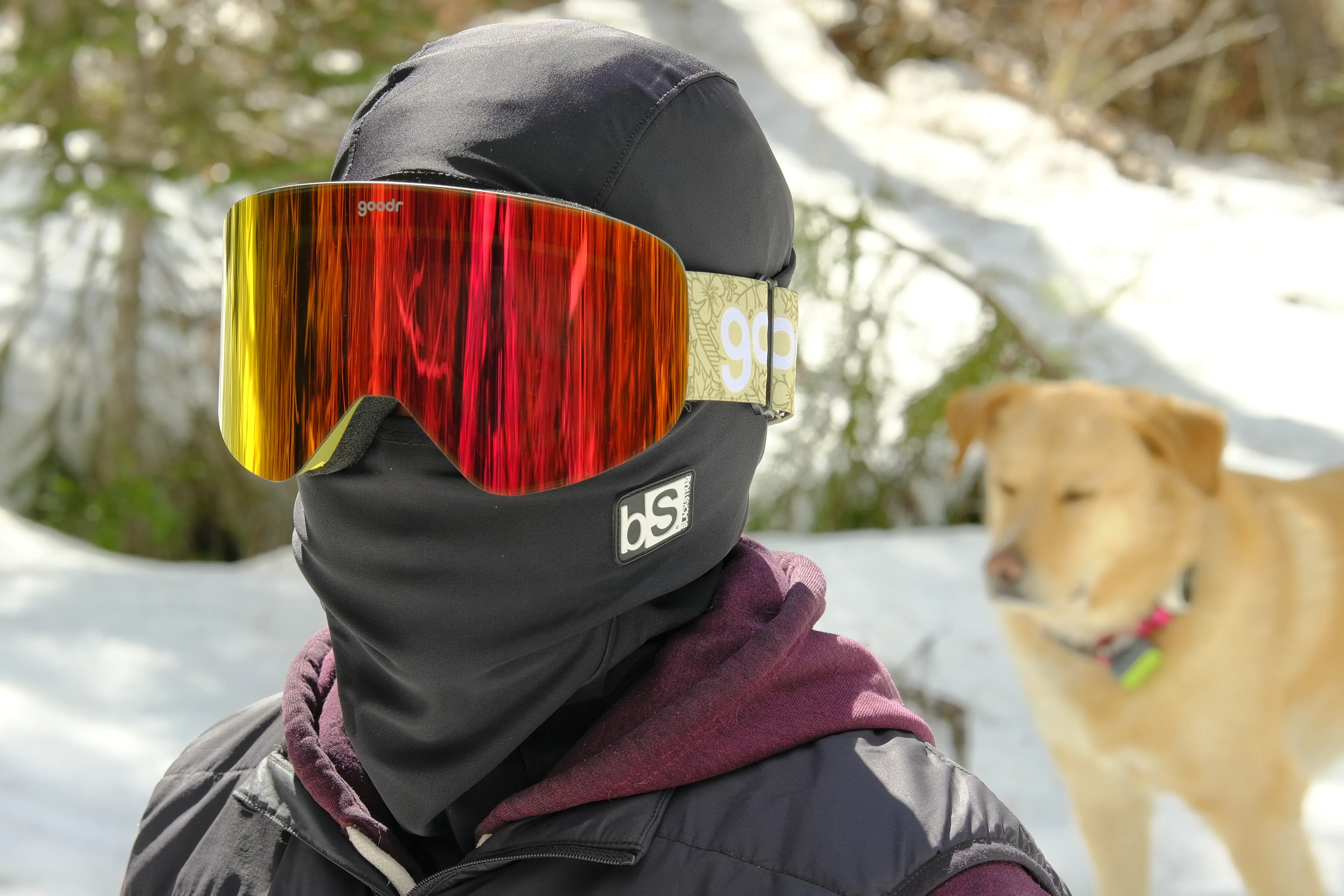



Materials
Some people have general preferences for certain materials, whether synthetic or natural, and that can be an easy place to start. The simple but effective Smartwool Thermal Merino Reversible Neck Gaiter will be guaranteed to be made of, you guessed it, wool (just like all its products) products, and the Buff Merino Move Multifunctional Neckwear is also merino wool.
Wool keeps you warm even when wet, so that’s an advantage when recreating in winter. Synthetic coverings like the Turtle Fur Quantum Luxe Balaclava offer different benefits like cozy fleece or high breathability. In addition to the type of fabric, thickness, and breathability are critical considerations as well. What works best for you will largely be dependent on the conditions you expect to face and the activities you’ll be doing most often.
Whichever material you choose should have enough elasticity to accommodate a wide range of head sizes and shapes. A flexible fit ensures that the mask can adapt to your movements and maintain its position, whether you’re glancing down at your feet or looking up at the lift line. This adaptability is crucial for both comfort and maintaining visibility.
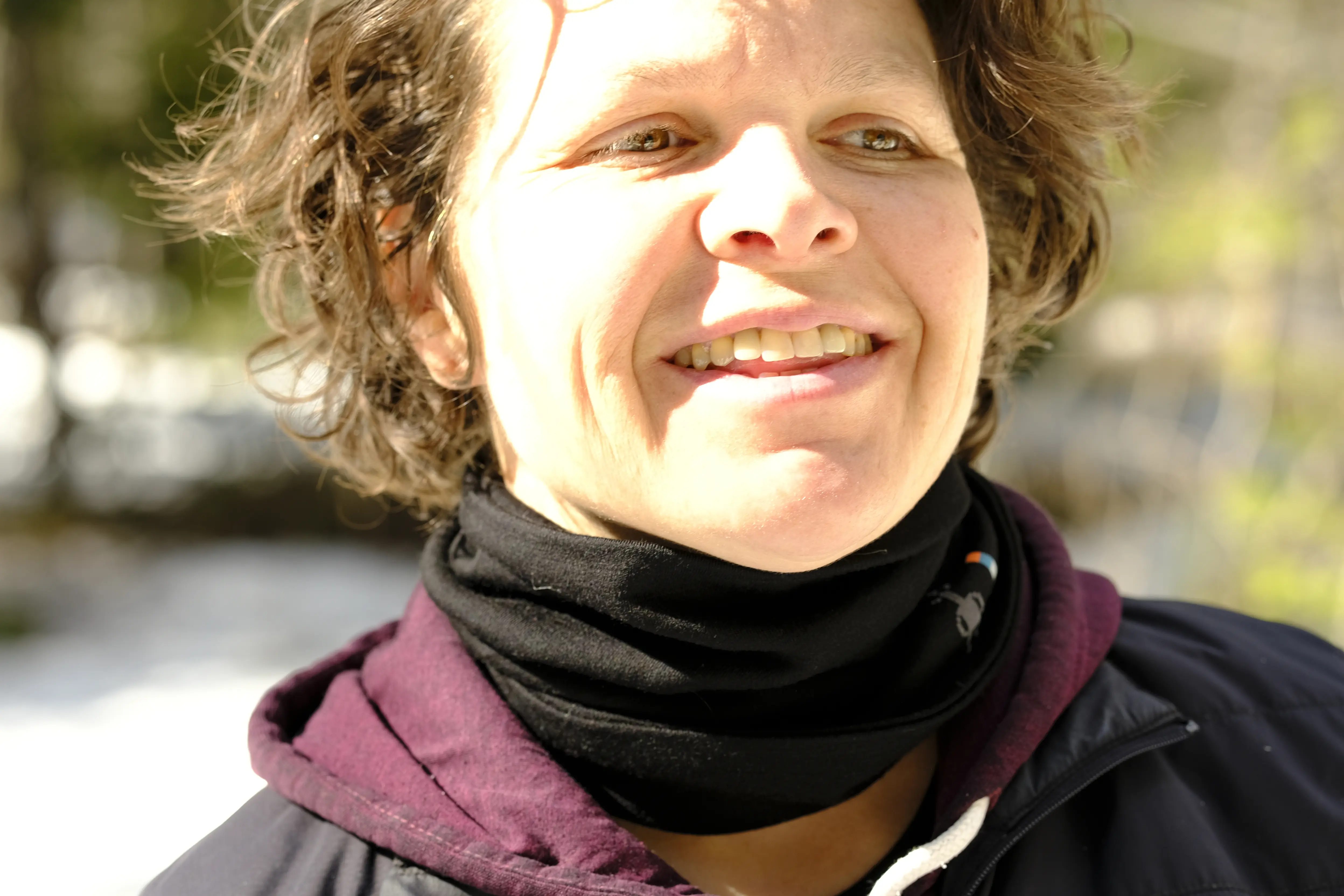



Coverage & Design
When buying a ski or snowboard mask, consider if you want a full head covering or simply a neck gaiter or face cover. The most effective face covering for skiing or snowboarding should cover critical areas exposed to the elements, including the neck, chin, cheeks, and sometimes the nose. Yet, it’s essential that the mask does not interfere with your helmet or goggles.
We recommend trying on your face covering while wearing your other accessories. Check that the bottom of the mask tucks under your jacket collar to keep out drafts and that there’s a seamless interface with your helmet and goggles to avoid fogging and ensure a wide field of vision. If you won’t always be wearing a helmet, make sure that it works with and without a helmet like the Turtle Fur Mount Hood Overhood.
Other important factors include fit and versatility, such as the ability to be worn over the whole head or only the face or neck with a transformation. For a balance between full coverage and breathability, the Turtle Fur Quantum Luxe Balaclava stands out as the best overall face covering. Made from a blend of polyester, rayon, and spandex, it offers full head and neck coverage, with the possibility of chin and mouth coverage as well.
It’s particularly suited for both alpine and nordic skiing, snowshoeing, and more. The microfleece lining is super cozy, and the hood can be peeled back to wear as a neck gaiter if it gets too hot, giving you the best of all worlds.
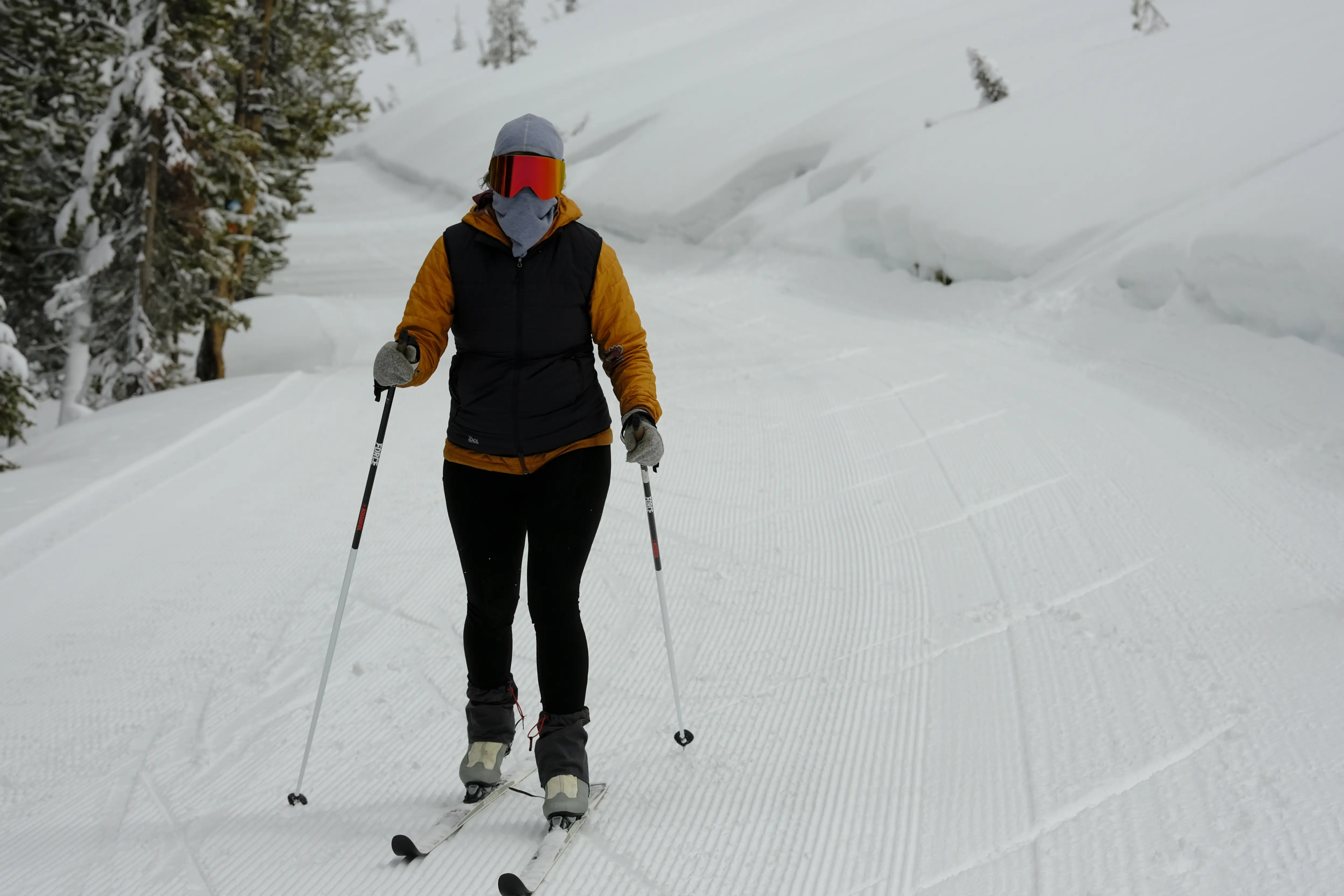



Breathability
When selecting the best face covering for skiing, breathability stands out as a key factor for both comfort and functionality on the slopes. While a snug fit is crucial, the mask must also allow for comfortable breathing, especially during rigorous activity.
Look for models with venting options or breathable materials, particularly around the mouth and nose, to prevent moisture buildup inside the mask that can lead to dampness and cold. One standout option is the Buff Mountain Bandana. This bandana-style covering offers a unique blend of functionality and style, making it a great choice for skiers who prioritize ease of breathing without sacrificing protection from the cold.




Weather
There are lots of factors to consider when deciding what sort of coverage is best for you, and an important place to start is what sort of weather conditions you expect. Depending on where you’ll be skiing or recreating, you may need full protection from high winds and extreme cold, or you may benefit from more breathability and the ability to shed layers easily.
Altitude can also be a factor, as the sun is less filtered, yet the thin air can make it harder to breathe. For face, check, and neck coverage, choose the Buff Mountain Bandana, while the REI Wind Pro Hinged Balaclava provides full coverage for the most brutal conditions. If you’ll be sticking at the resort, choose our favorite over-the-helmet face covering, the Turtle Fur Mount Hood Overhood.
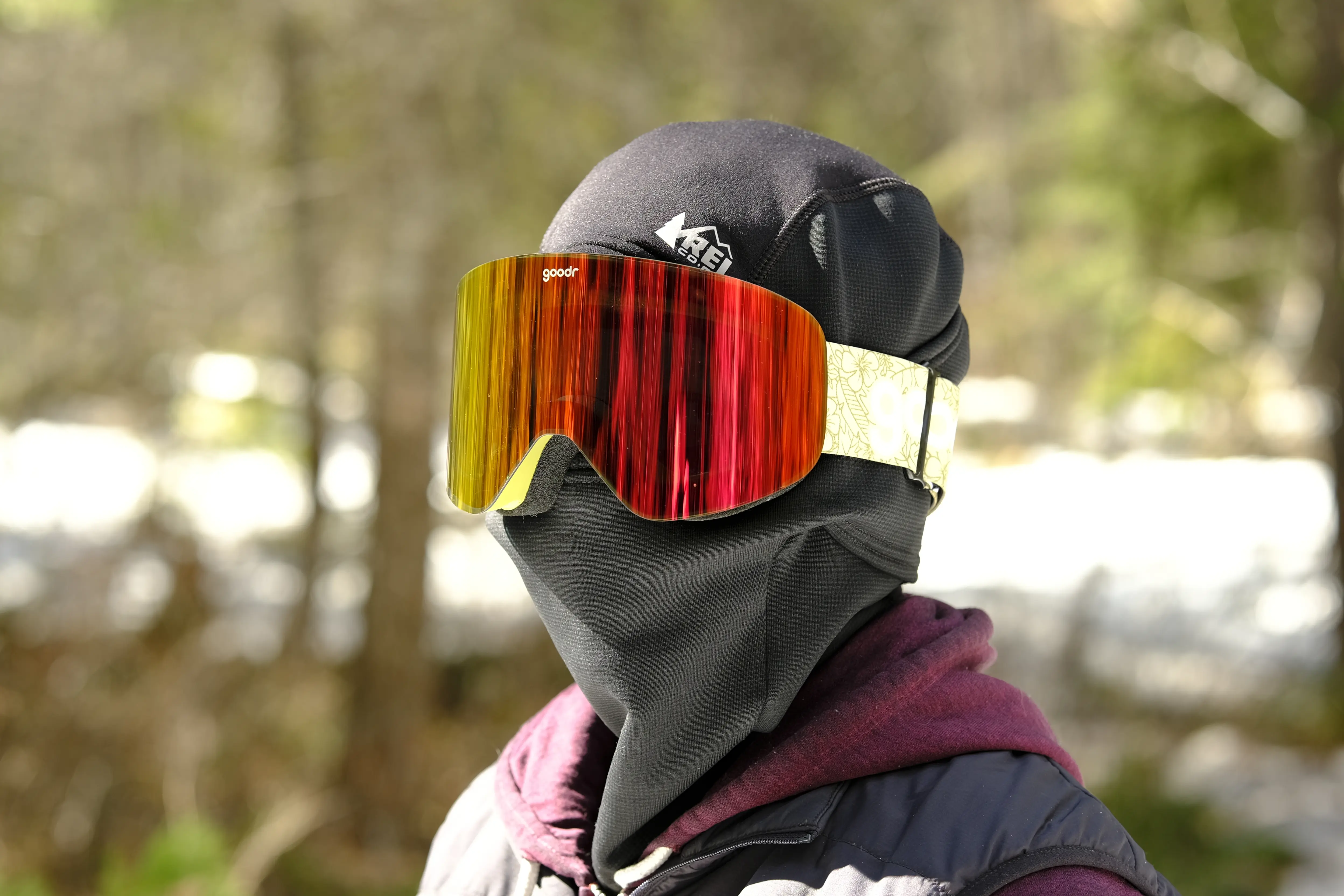



Fit
When choosing a face covering for skiing or snowboarding, fit is paramount for ensuring comfort, functionality, and protection from the cold. A well-fitted ski mask should conform snugly to the contours of your face and head without being too tight or overly loose. We discovered the fit of the Outdoor Research Trailmix Ubertube to be ideal in these ways.
Look for a face covering that securely hugs your face and head. It should sit comfortably without any gaps where cold air can sneak in. However, be wary of coverings that feel too tight, as they can restrict breathing or cause discomfort, especially when worn for extended periods.
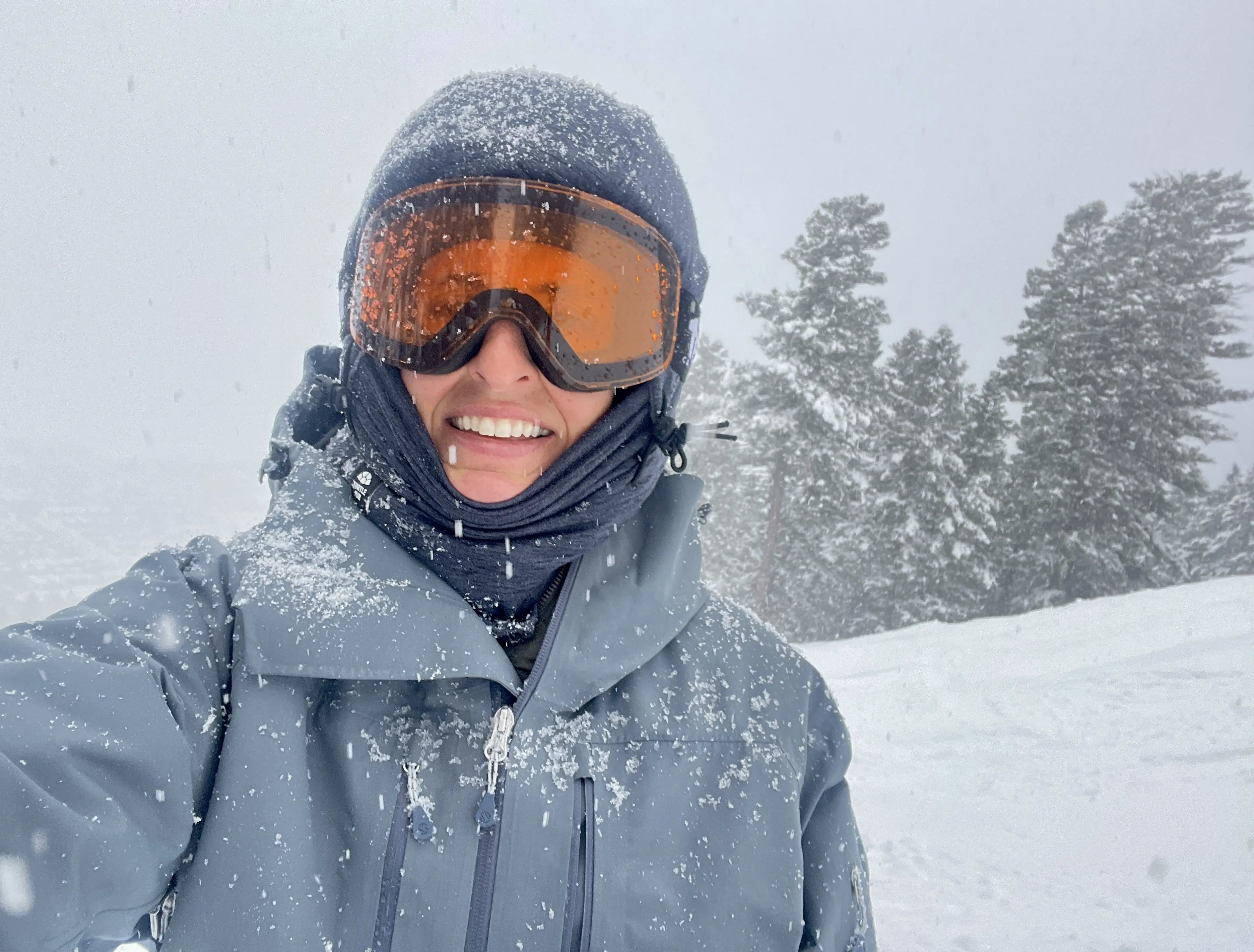



Adjustability
Some face coverings come with adjustable features, such as drawstrings, Velcro straps, or flexible nose bridges, allowing wearers to tailor the fit to their specific needs. This customizability is particularly valuable for achieving the right balance between snugness and comfort. For those facing extremely cold conditions, the REI Wind Pro Hinged Balaclava, the Turtle Fur Mount Hood Overhood, and The North Face Whimzy Powder Hood are highly flexible choices.
While the REI Wind Pro Hinged Balaclava is designed more for extreme cold rather than prioritizing breathability, its hinged design allows for flexibility in how you wear it, giving you the option to uncover your mouth and nose for easier breathing when conditions permit. The iconic Merino Move Multifunctional Neckwear from Buff is also an extremely versatile option since it can be worn a wide range of ways and it works for widely varying conditions.
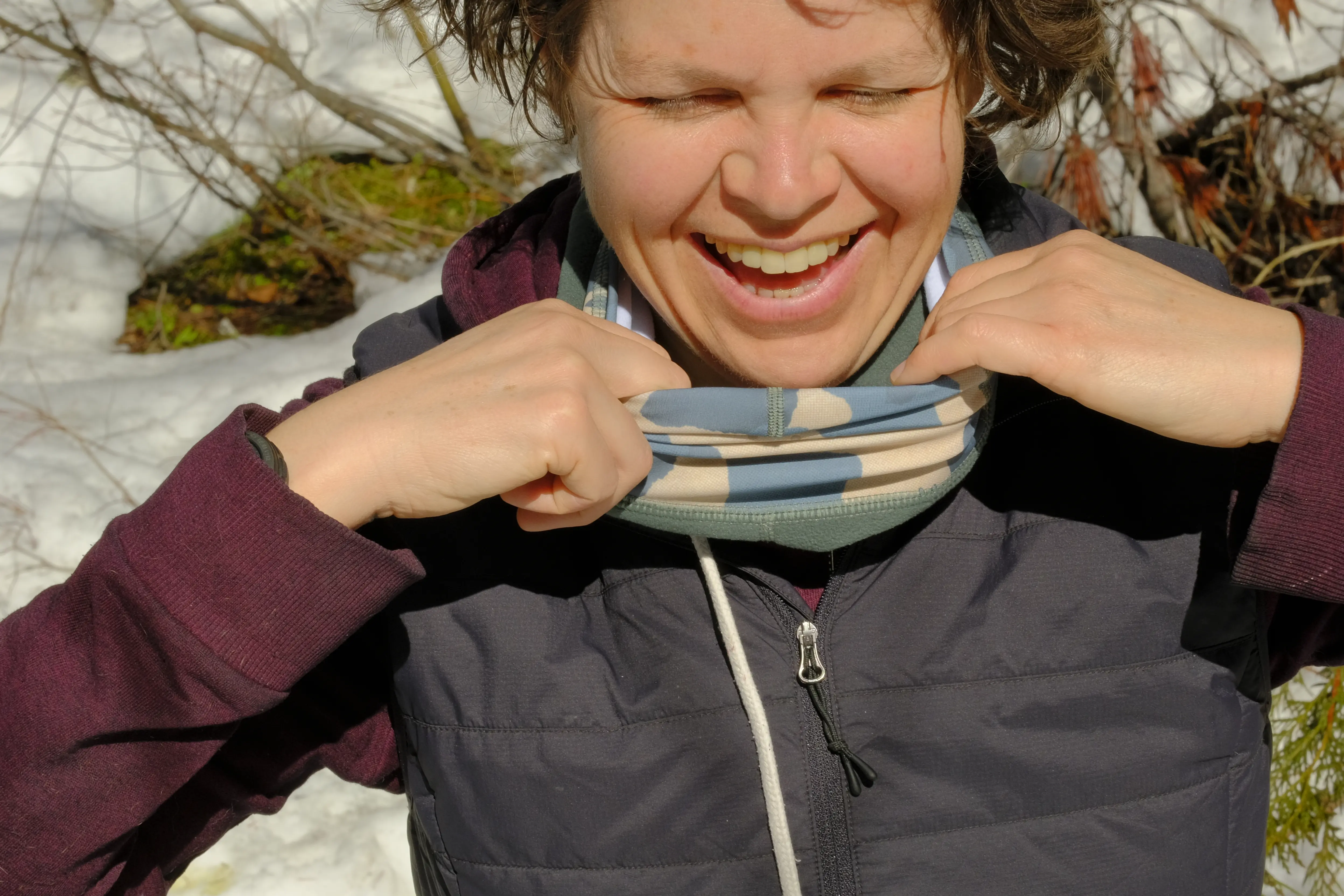



Price & Value
There isn’t a ton of price variation in face coverings and all the ones we’ve reviewed fall between $26 and $40. Typically, the more technical options will cost a bit more. Choose the best option based on your needs and the features you find most important.
Budget
You can find a solid budget face covering for $15-30. To date, the lowest-priced option we’ve reviewed is one of our favorites. The Outdoor Research Trailmix Ubertube ($26) is a simple tube design that is beyond comfortable and versatile. It’s breathable, wicking, and quick-drying. However, if you want a hood or full coverage, you’ll have to look to our premium tier.
Mid-Tier
Face coverings within this price range ($30-38) are still simpler tube designs. However, they may be a bit more versatile in the way they can be worn and/or more technical. The Buff Move Multifunctional Neckwear ($35) is more versatile than any other on this list since it can handle almost all activities and conditions and can be worn in a multitude of ways depending on the situation. The Buff Mountain Bandana boasts a unique design that allows you to breathe well during hard efforts, but offers warmth when the wind kicks up or the mercury drops. You’ll still have to pay a bit more for a balaclava or hooded design or an option that will keep you protected during the most treacherous conditions.
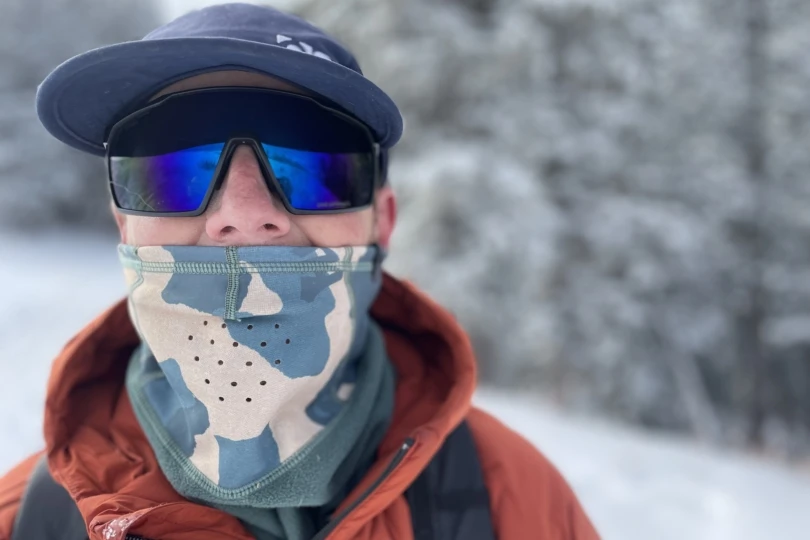



Premium
Balaclavas and hooded designs fall into this range ($40 and up). Premium face coverings will provide full-face protection and will often have waterproof or water-resistant materials, and sometimes options for customizing fit. Our best overall pick, the Turtle Fur Quantum Luxe Balaclava ($43), is extremely comfortable and offers the option to wear with the hood or without; it is not waterproof, however. If you want a water-resistant option, choose REI’s Wind Pro Hinged Balaclava, which offers ideal full-coverage protection against wind and precipitation while maintaining breathability. The prices on our list, the Turtle Fur Mount Hood Overhood ($65) is extremely cozy, offers full protection and it is our top pick for wearing over a helmet.
Frequently Asked Questions
A face covering should fit loosely around the face with plenty of fabric to move up and over the ears. Balaclavas should fit snug enough around your head and face that they don’t move around as you move your head or slide in front of your eyes, but loose enough that they don’t constrict movement.
Neck gaiters should pull securely around your chin and nose if lifted but bunch comfortably around the neck when worn as a gaiter. Depending on use and weather conditions, you may want something that fits snug around your neck to prevent cold air or snow from getting in, or something that is more loose-fit to allow for ventilation on a warmer ski day or when exerting yourself.
None of the masks we reviewed are cotton, and for good reason. Cotton retains moisture, which means it can freeze your breath. It can also collect snow and work against you when your body is trying to stay warm.
Whether you desire a synthetic blend of polyester and spandex fabrics or merino wool is a personal choice, keeping in mind that merino wool is great for breathability and its antimicrobial nature allows it to dry quickly and not get stinky, while synthetic materials can be combined and woven in ways that can better block against wind and external moisture like snow.
When in doubt, doubling up and either carrying an alternative in your backpack or wearing them as layers, such as a Smartwool Thermal Merino Reversible Neck Gaiter over a Blackstrap Hood Balaclava, is never a poor option, budget-dependent.
This depends on the conditions you ski in. If, like most of us, you wan to shred on powder days, you will inevitably ski while it’s still storming at some point. On these days, you will likely want a balaclava or something with a hood, like The North Face Whimzy to keep you warm, comfortable and safe. However, if you only ski on bluebird days or in Spring conditions, then you may not need a balaclava.

